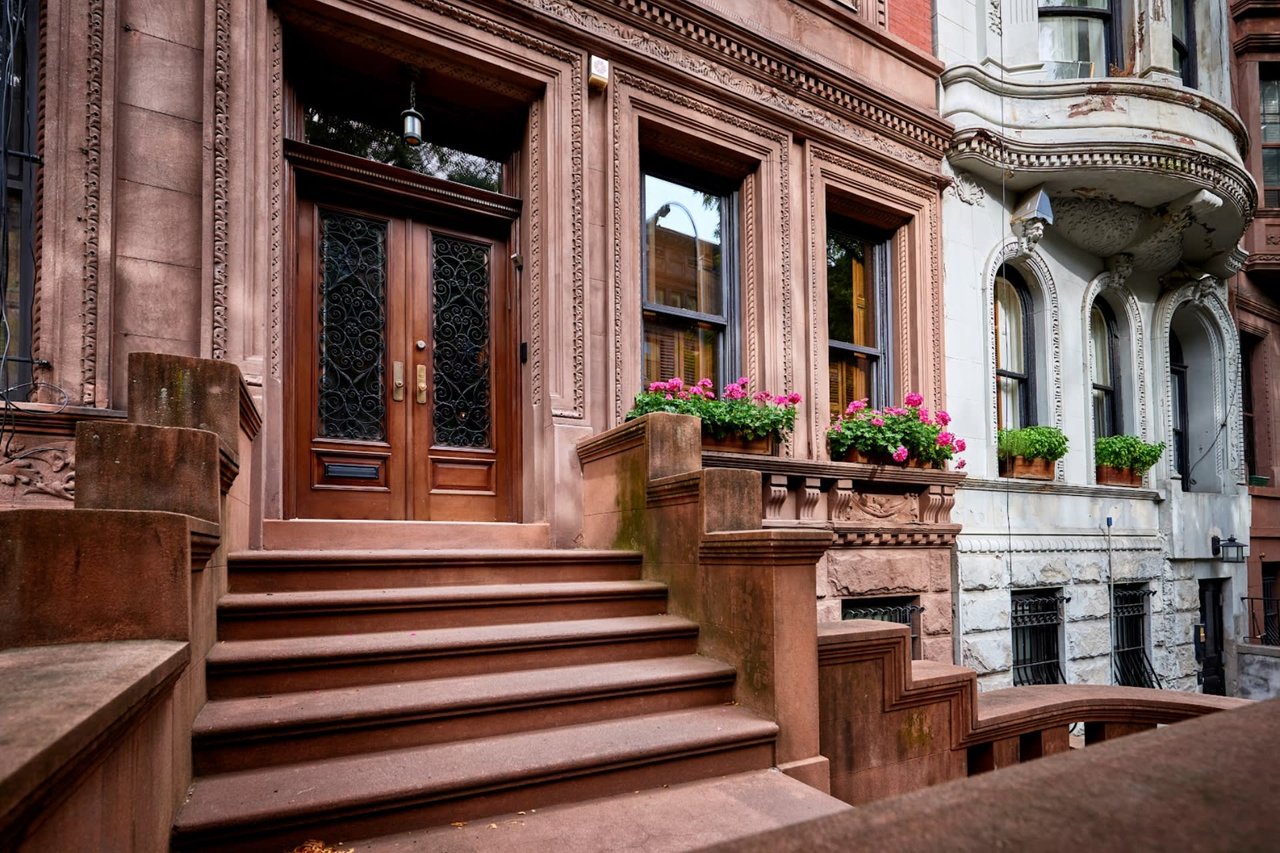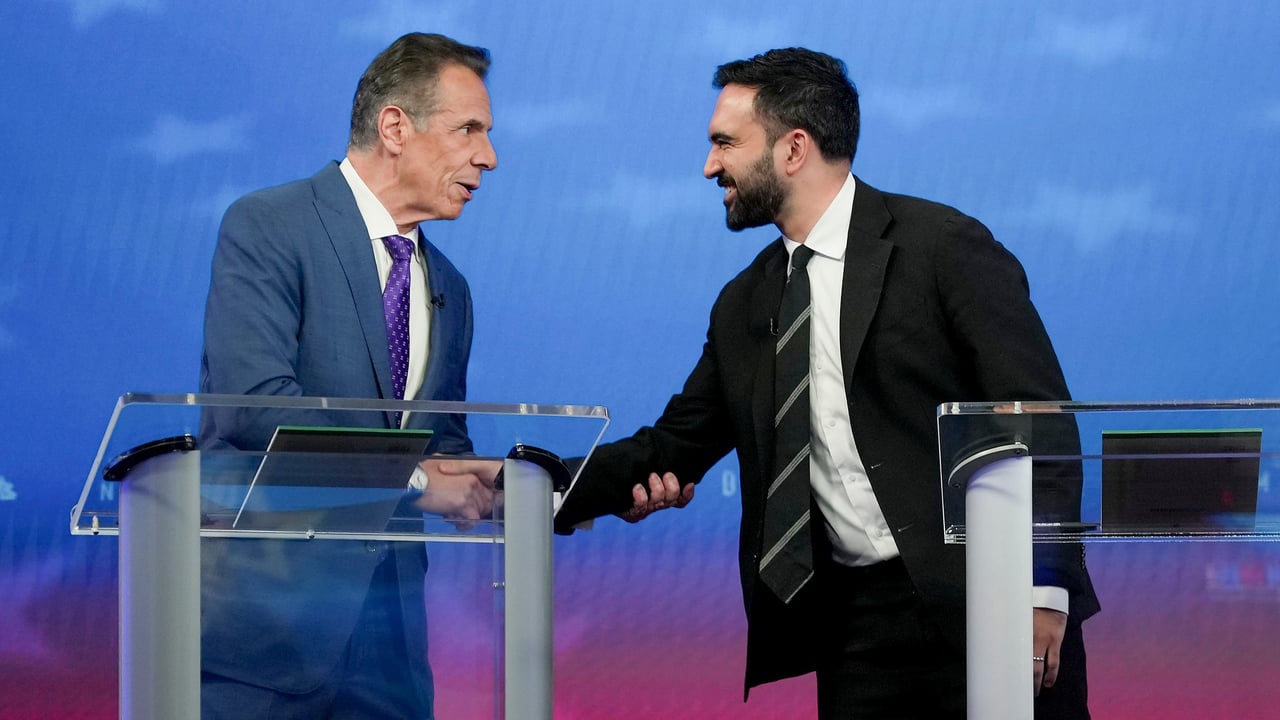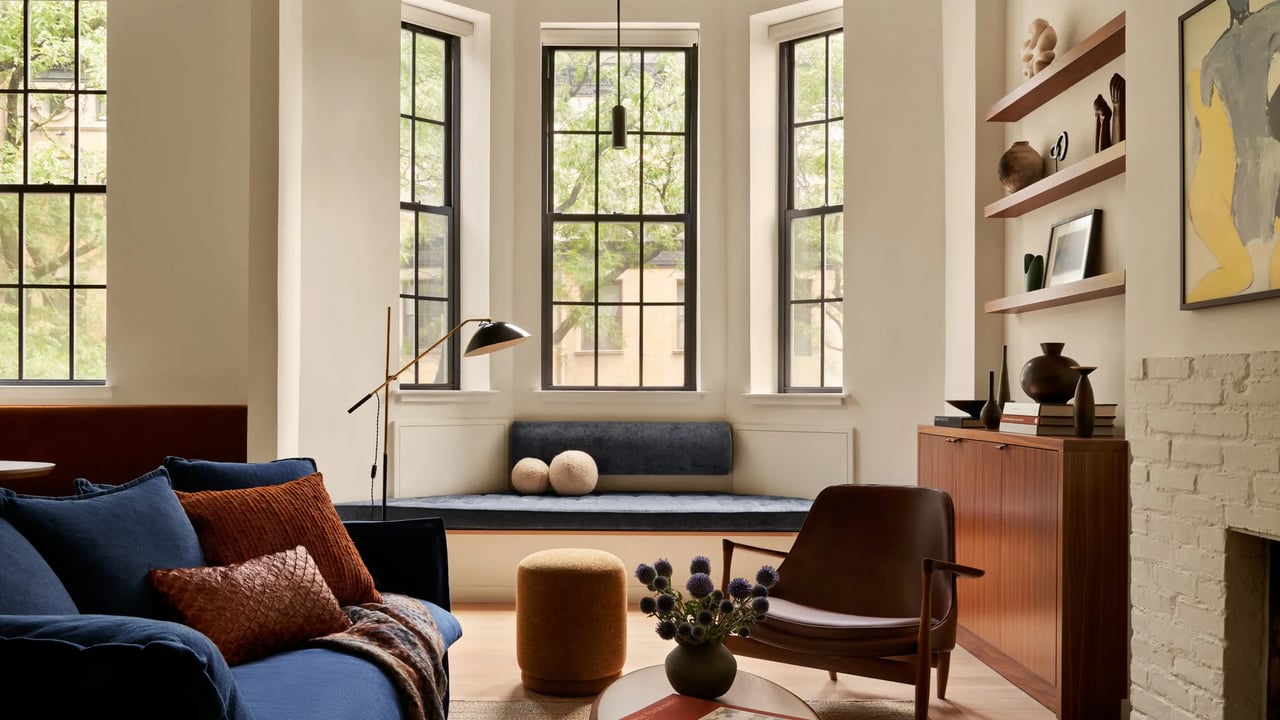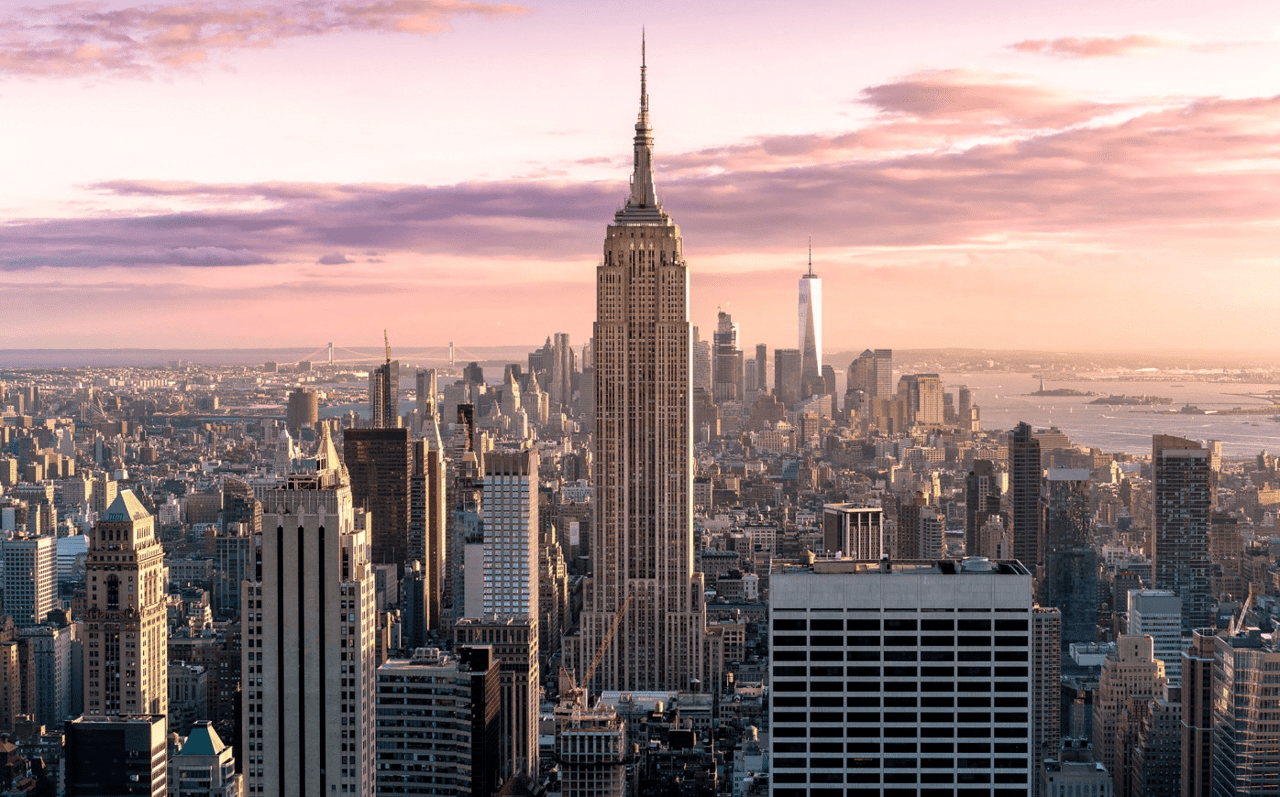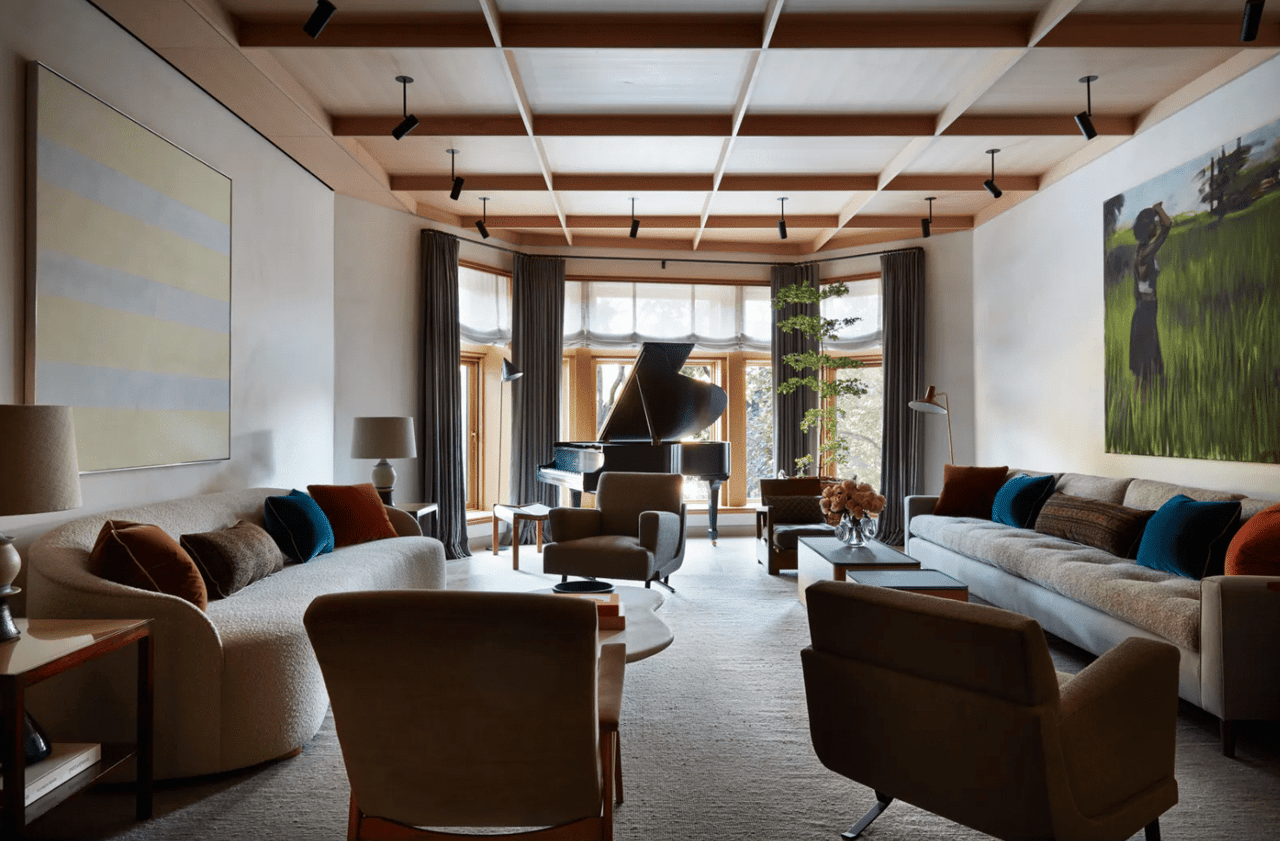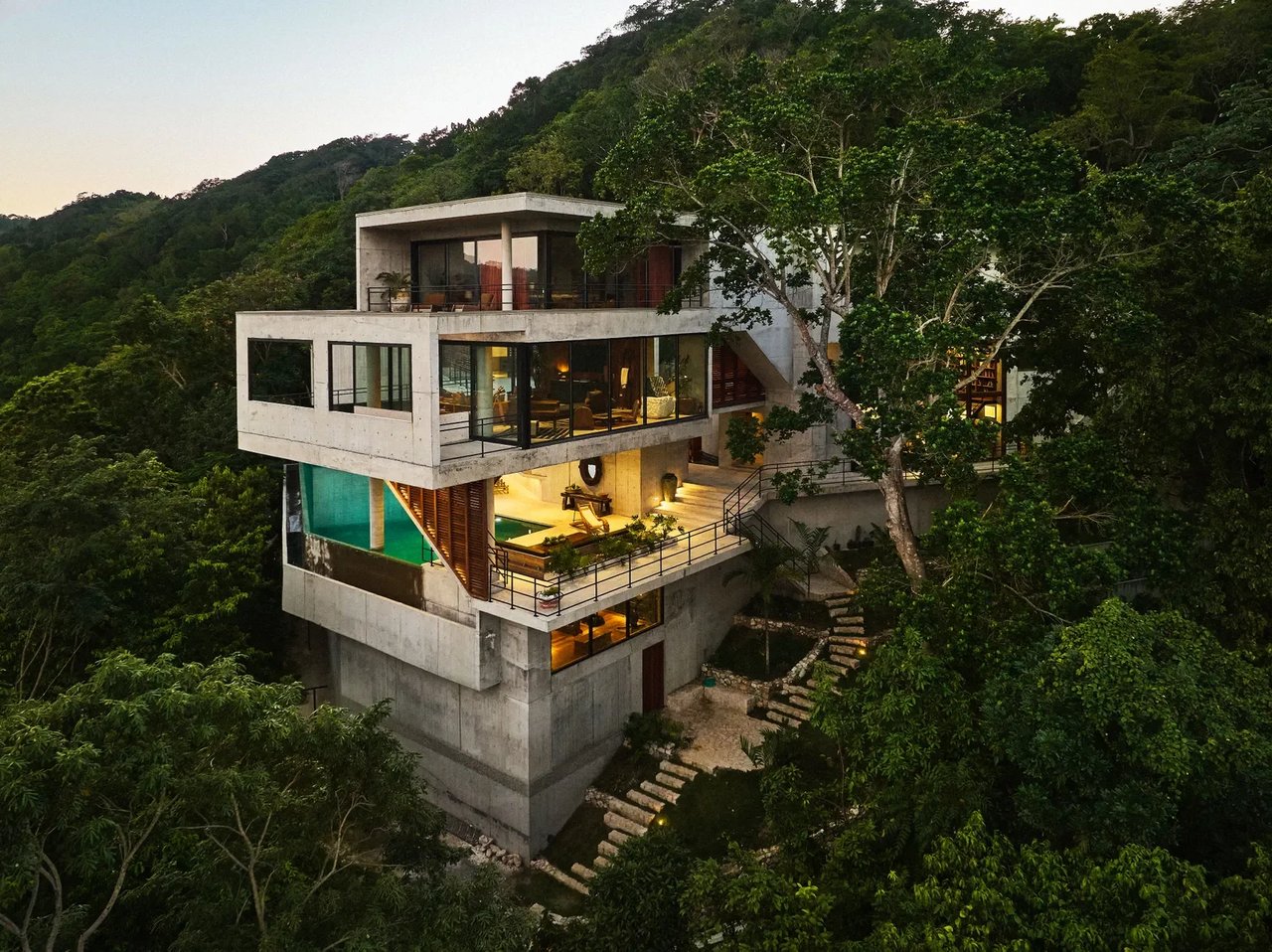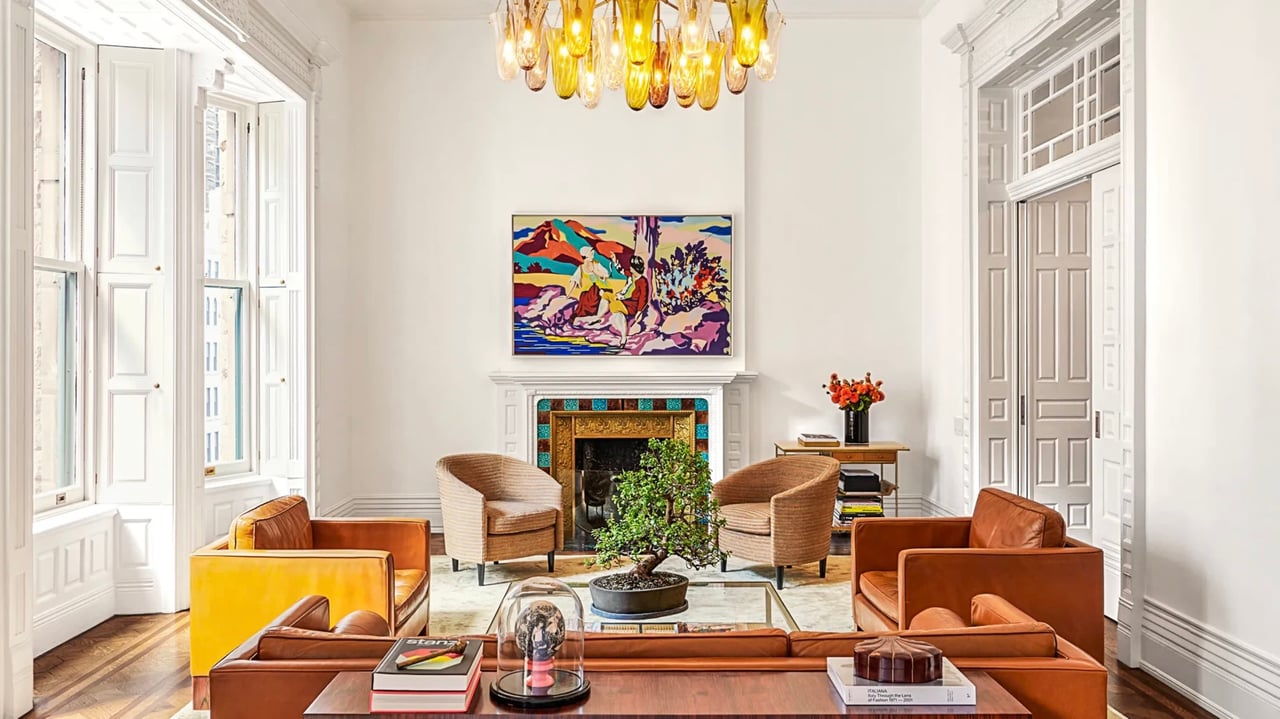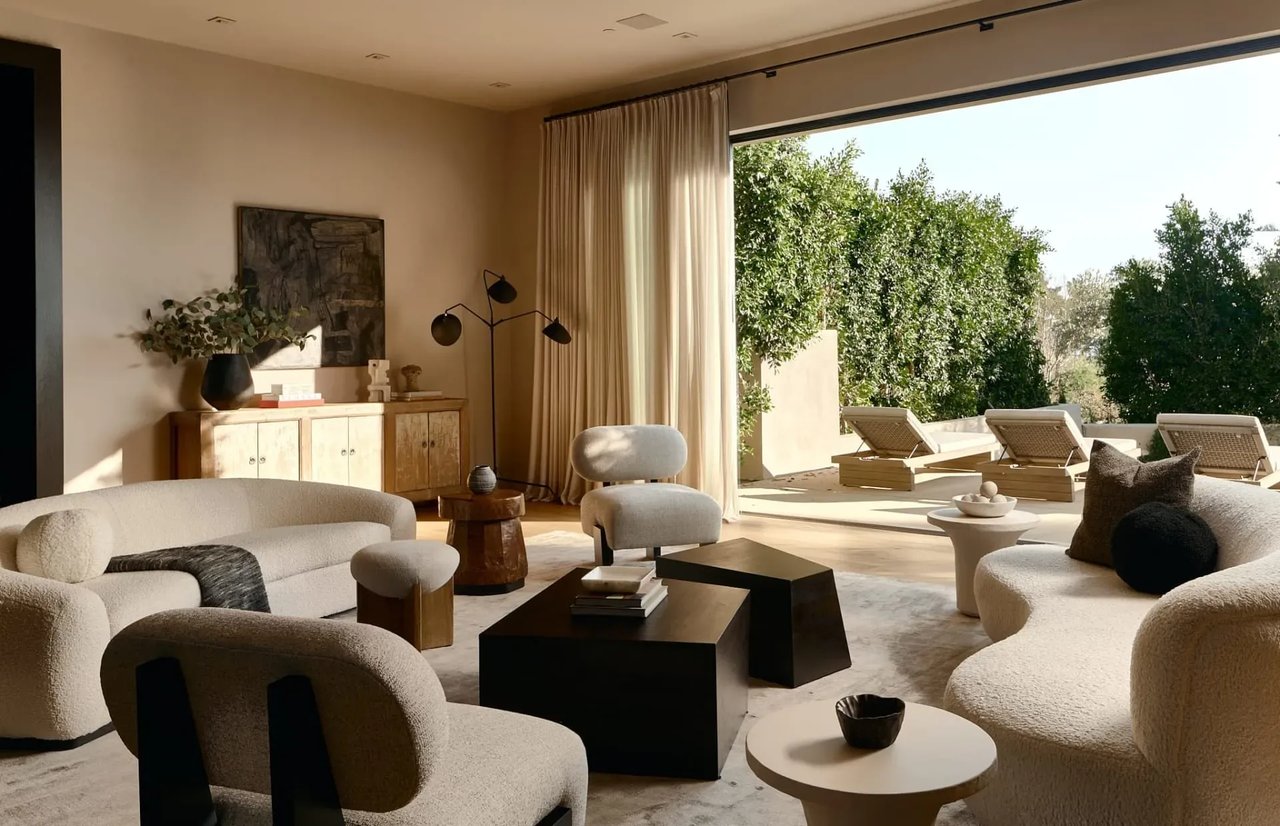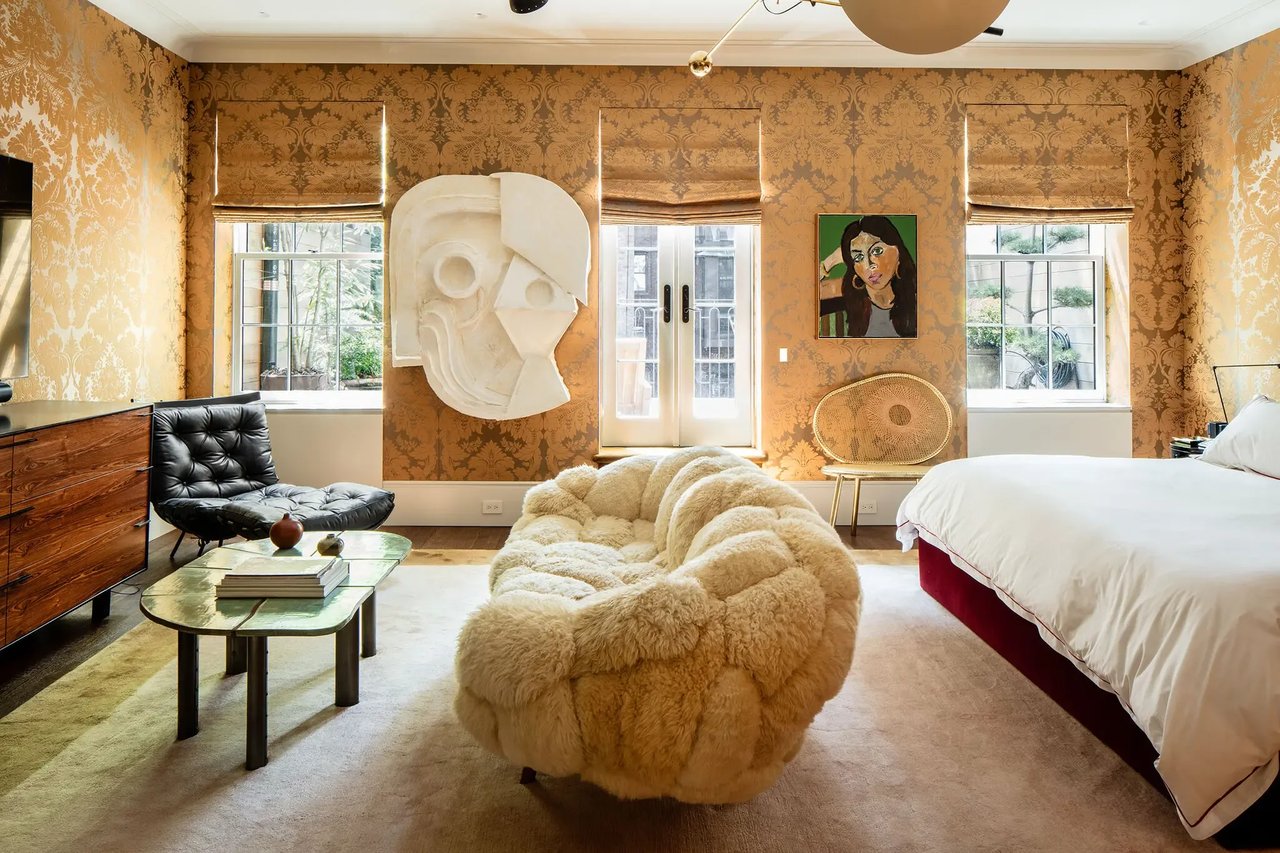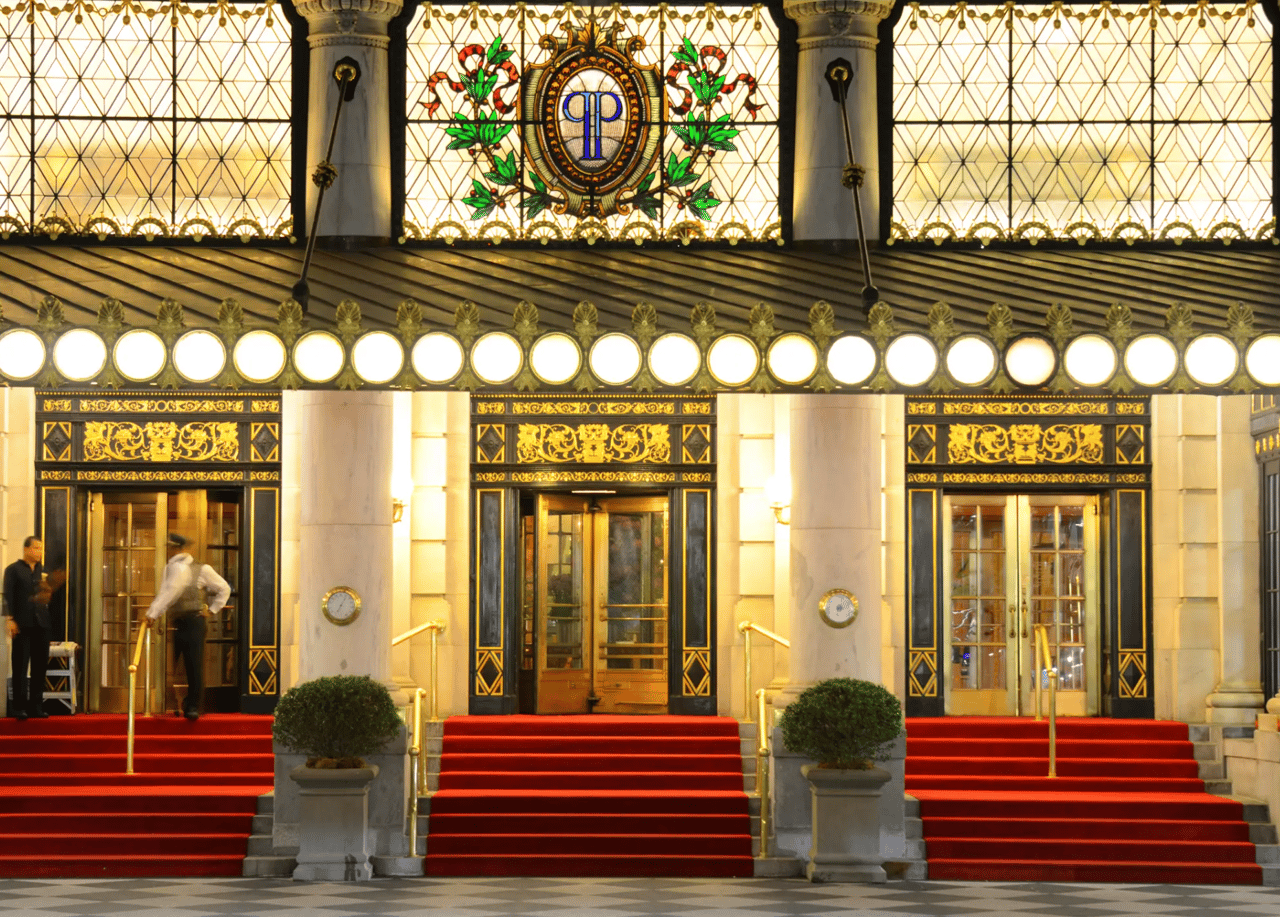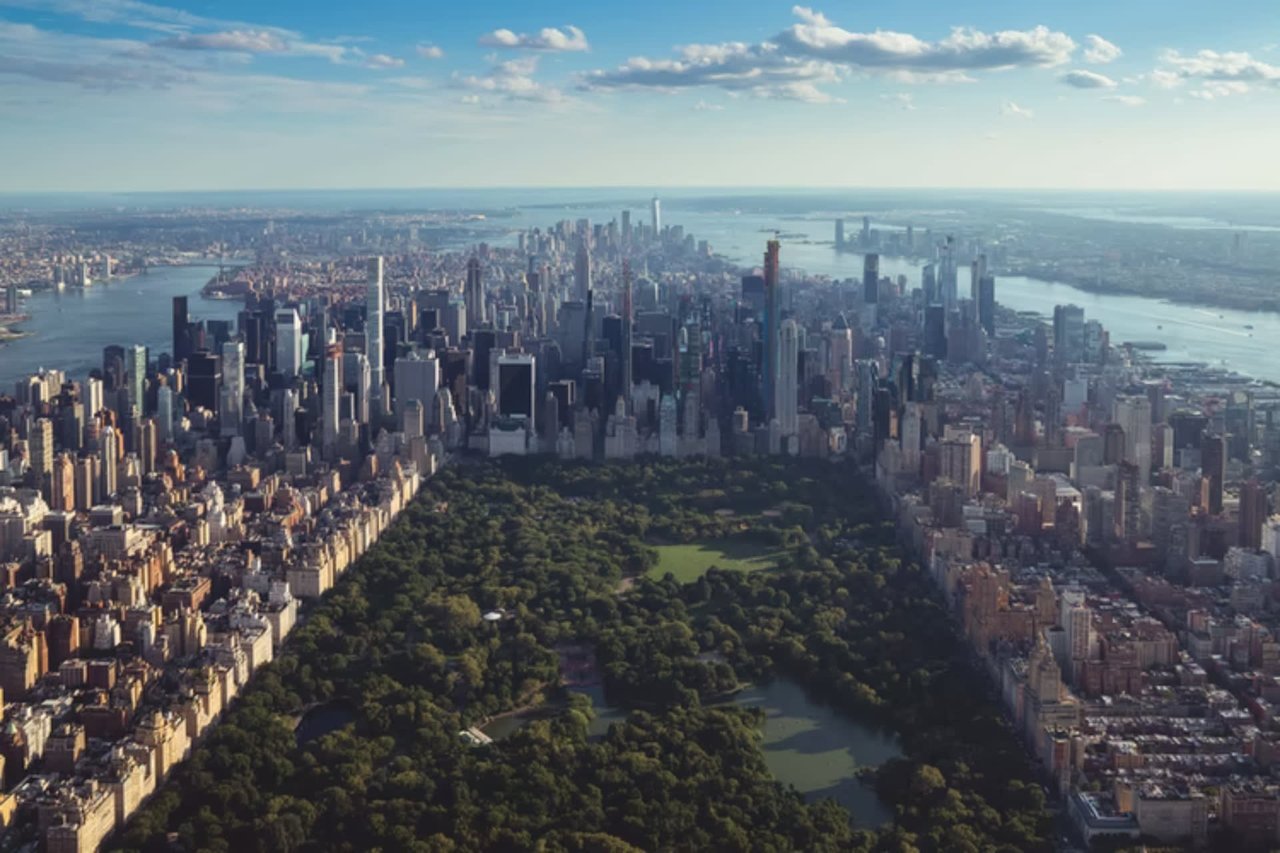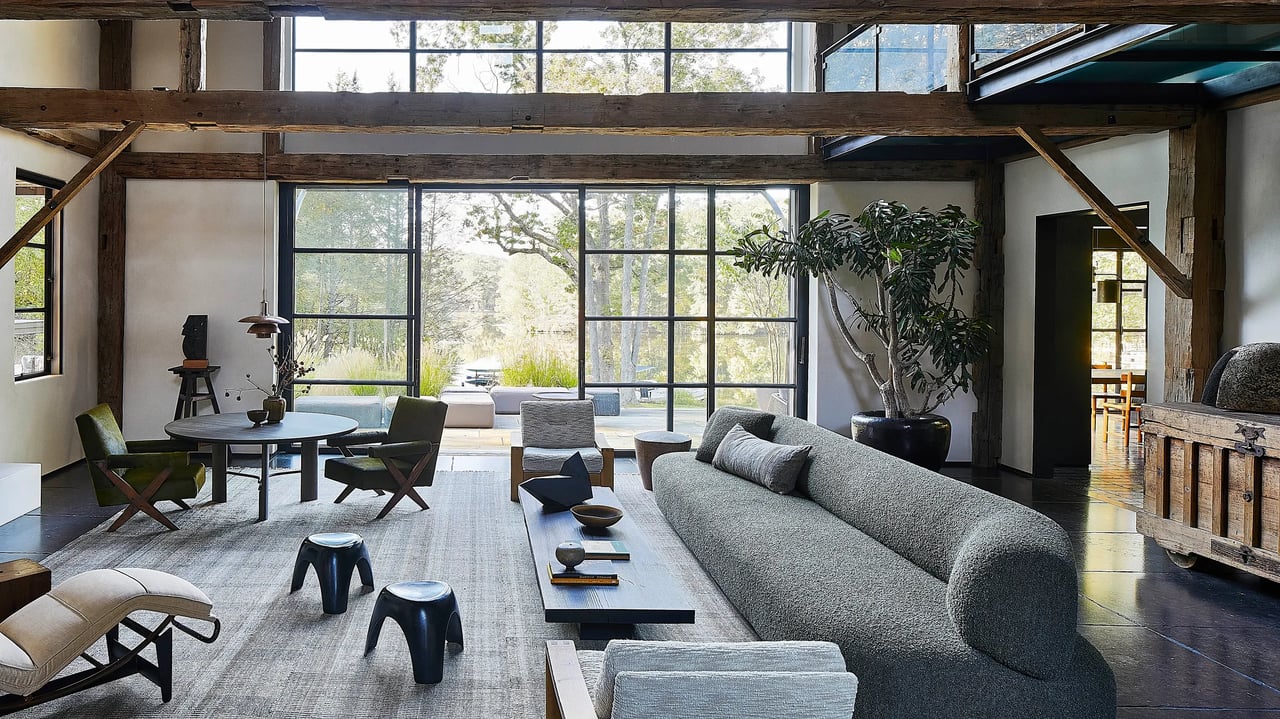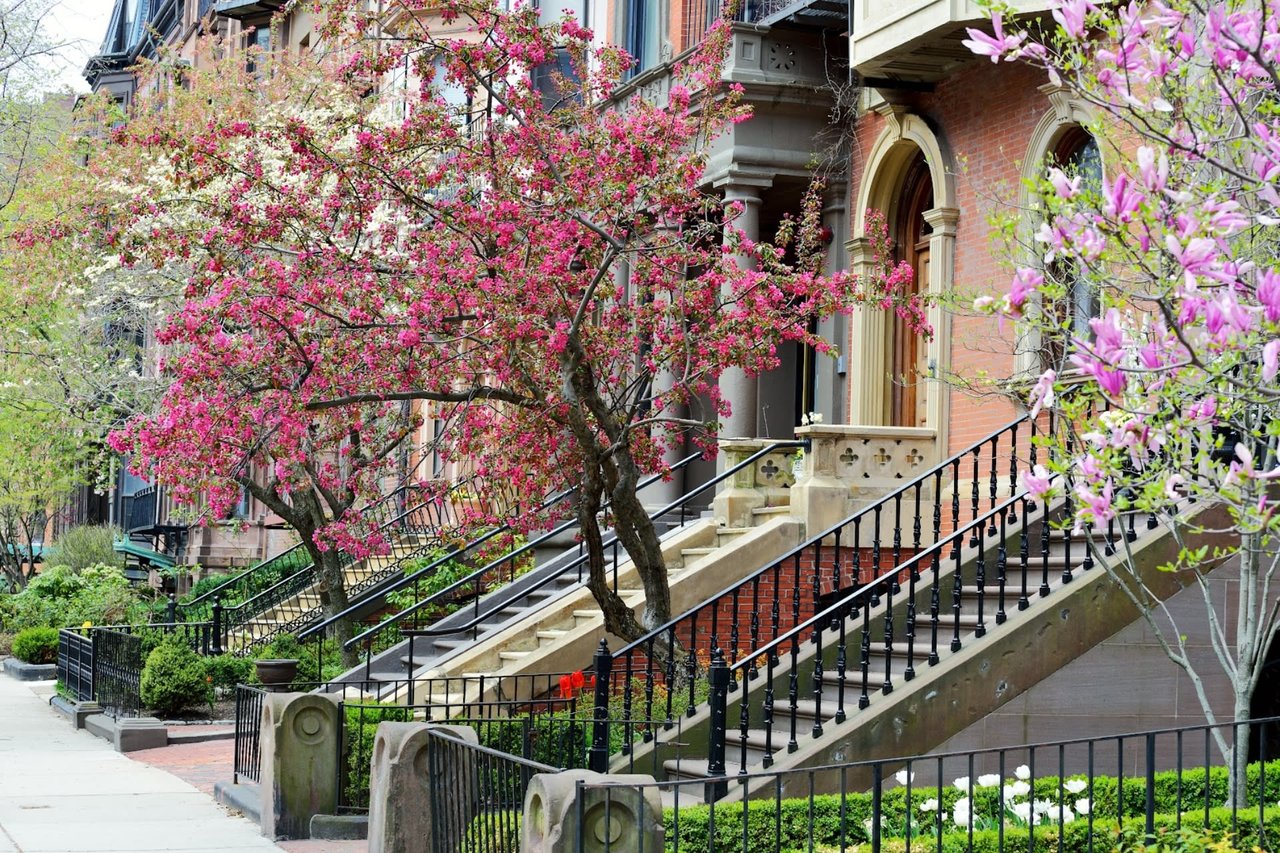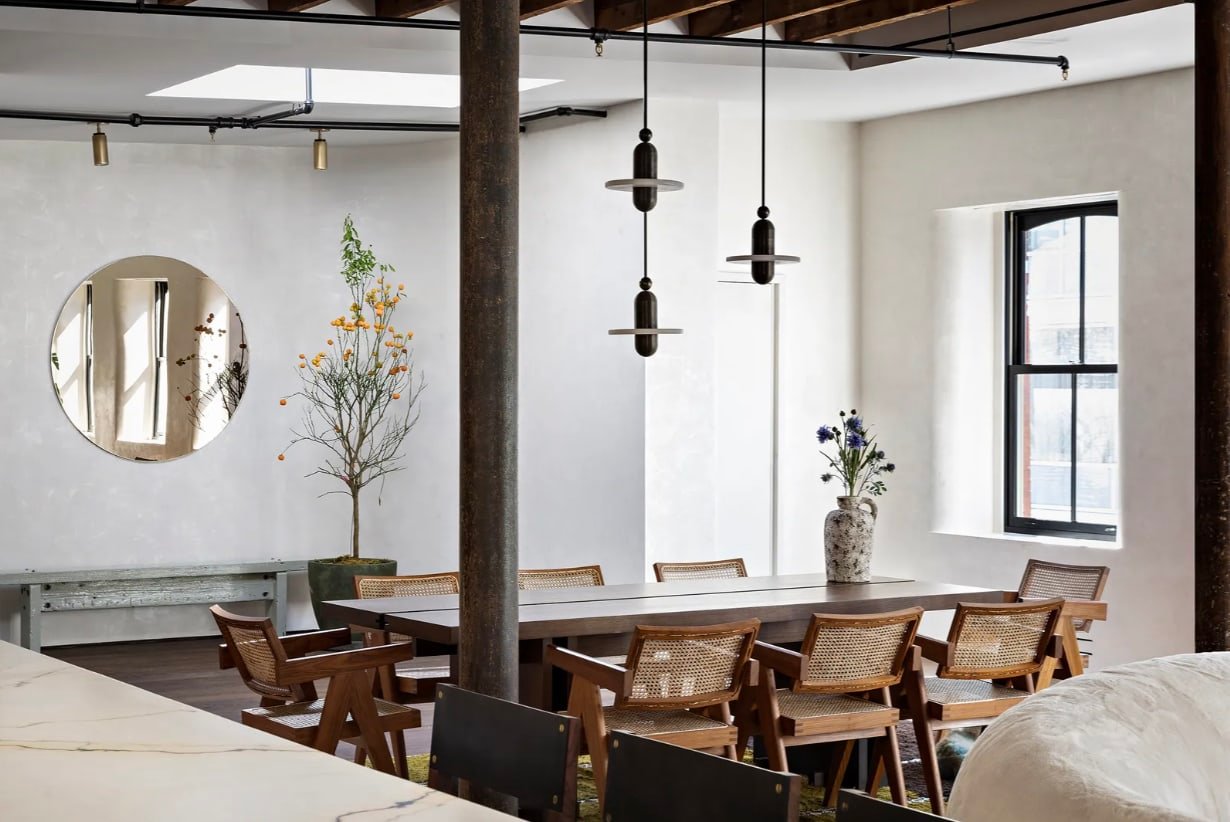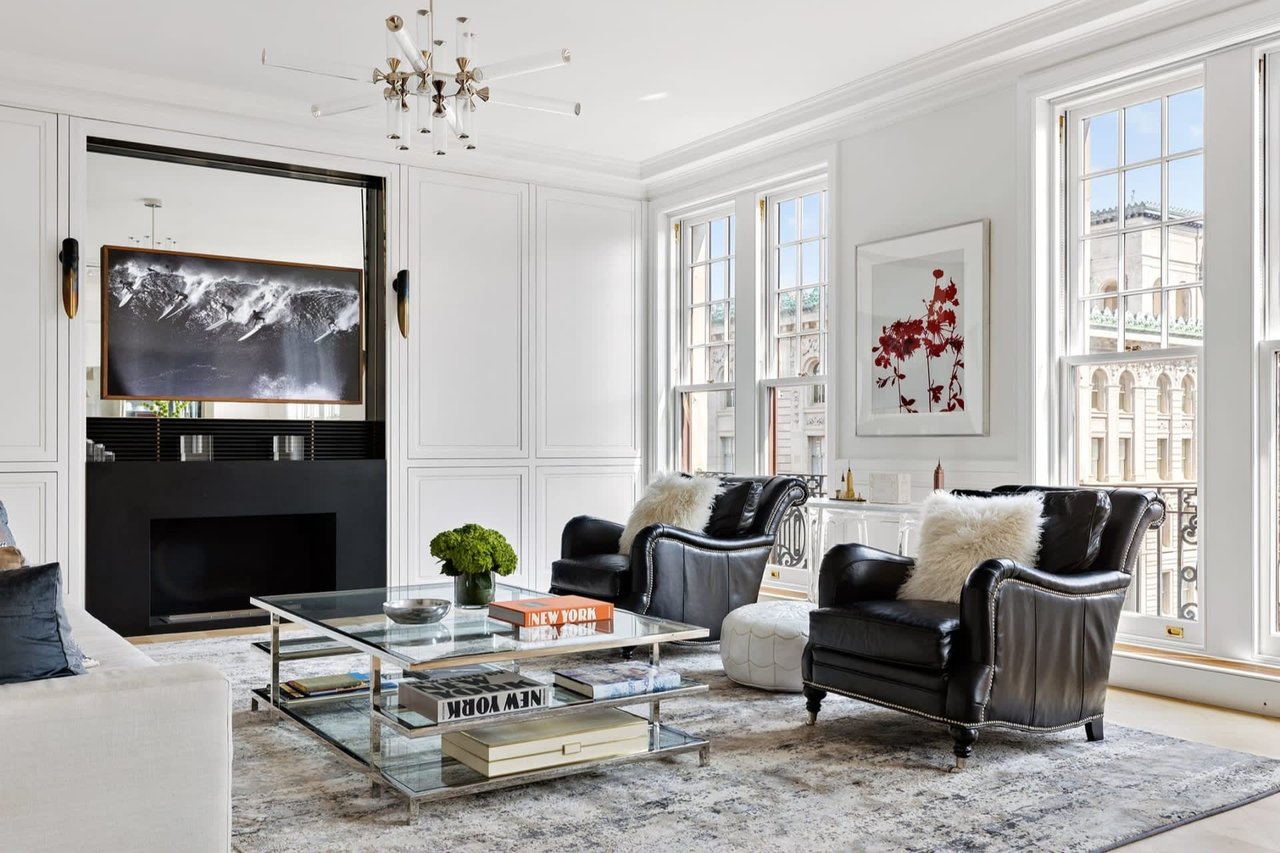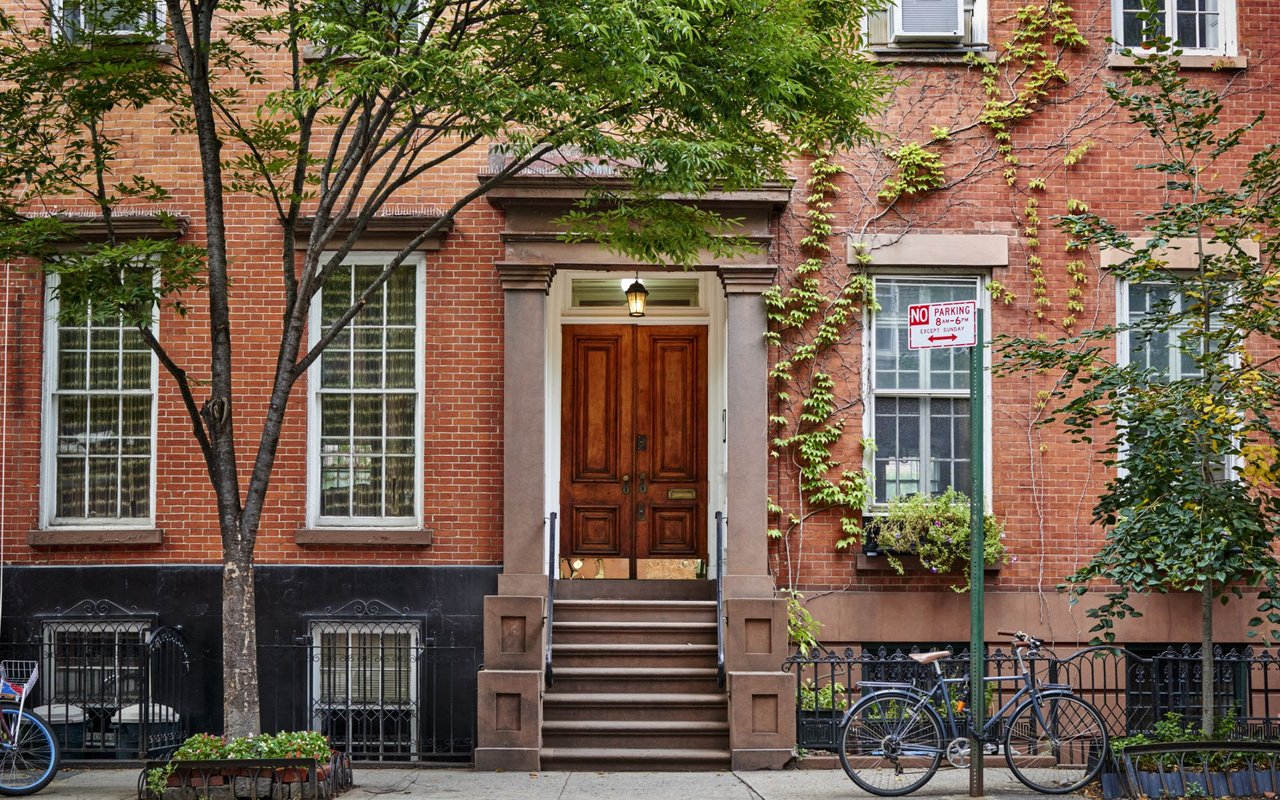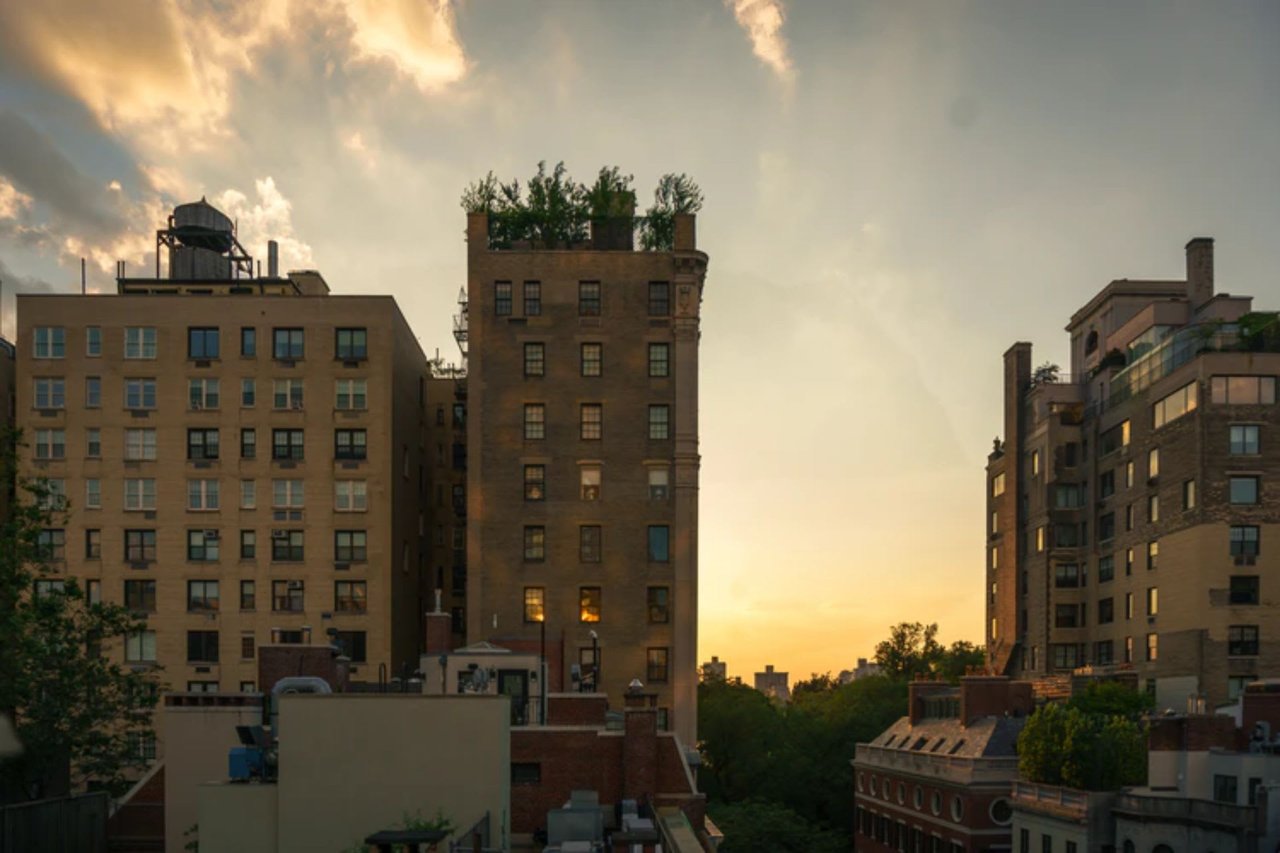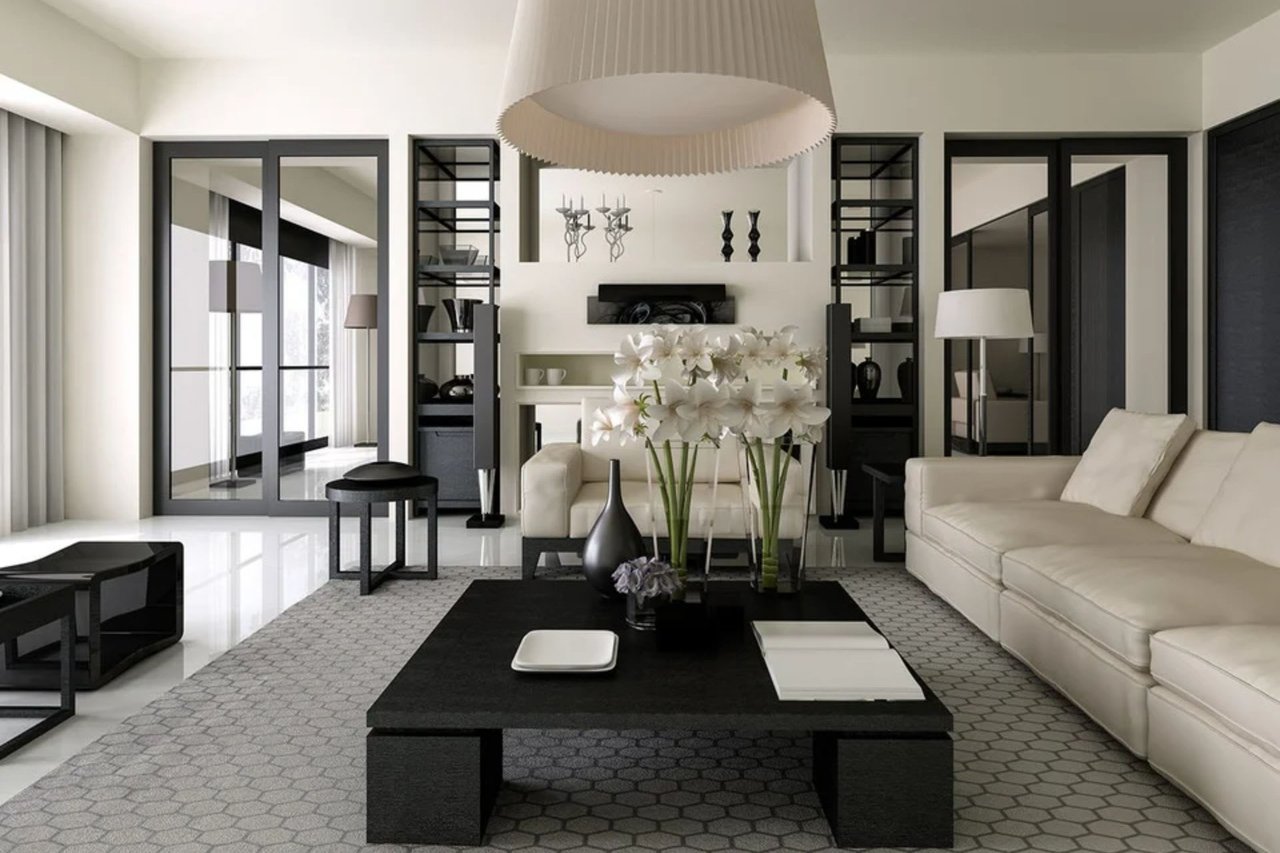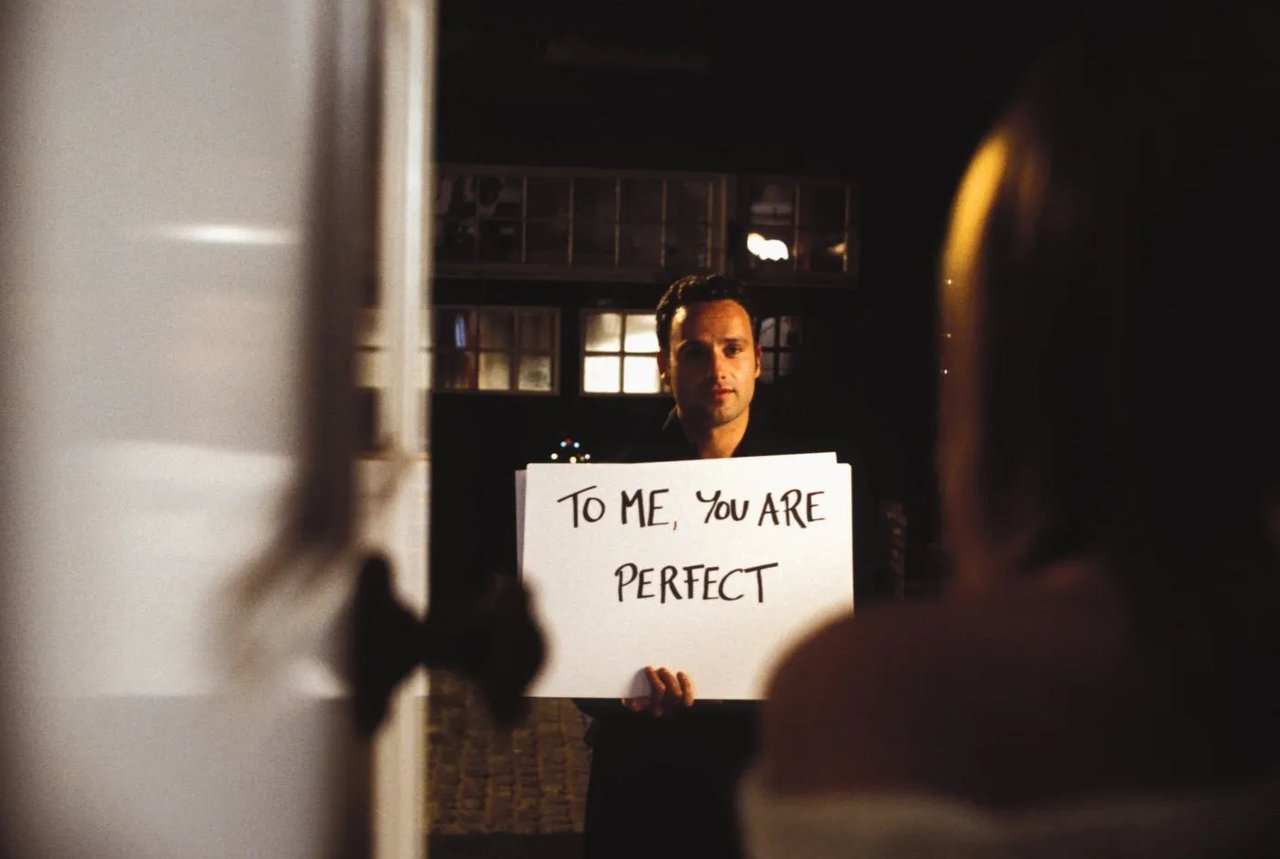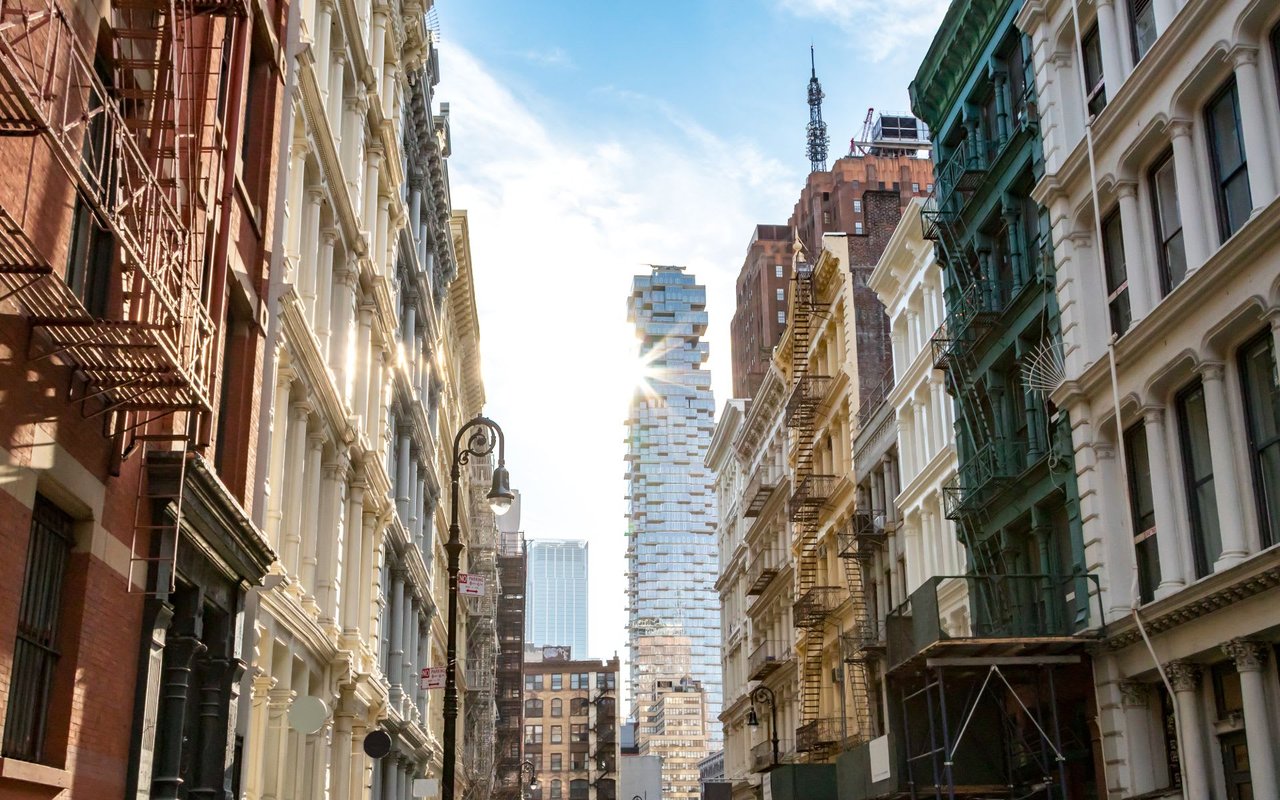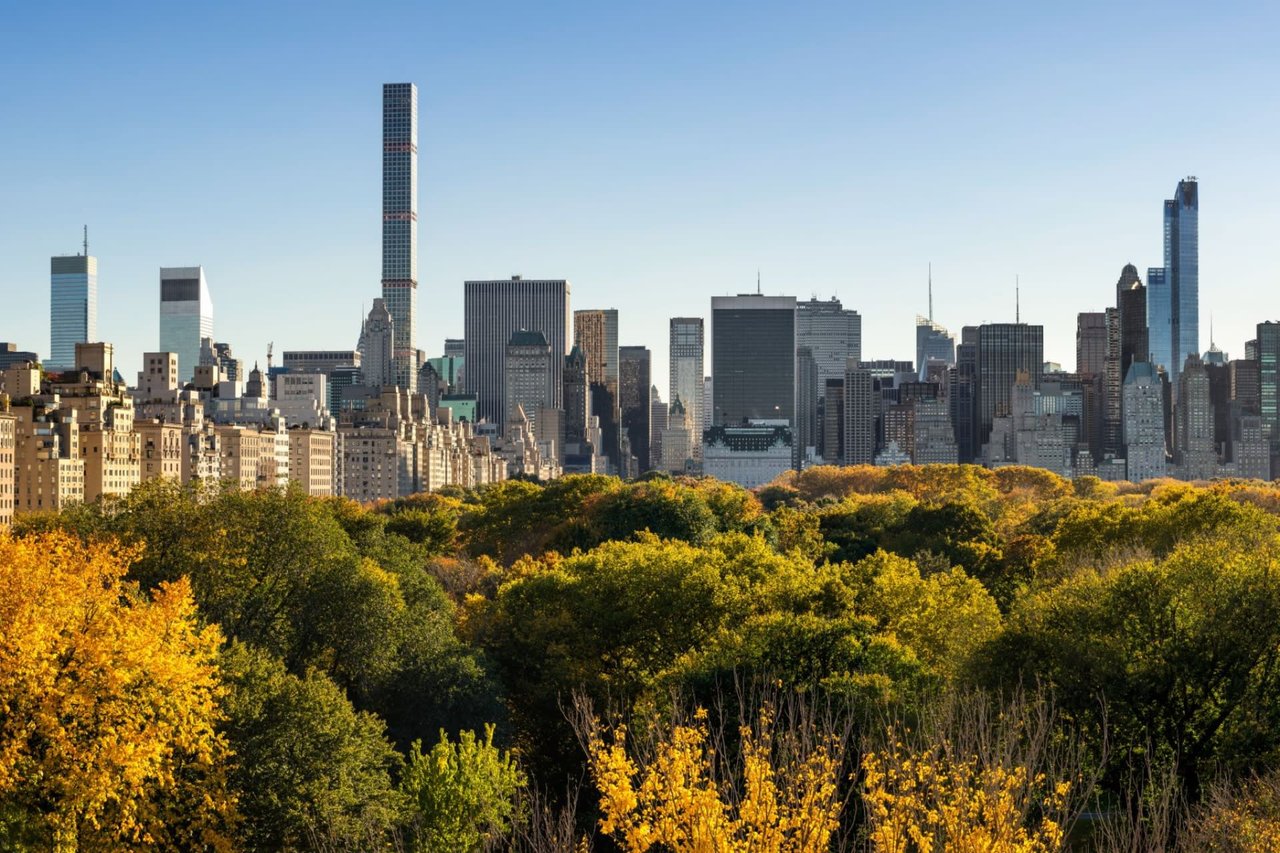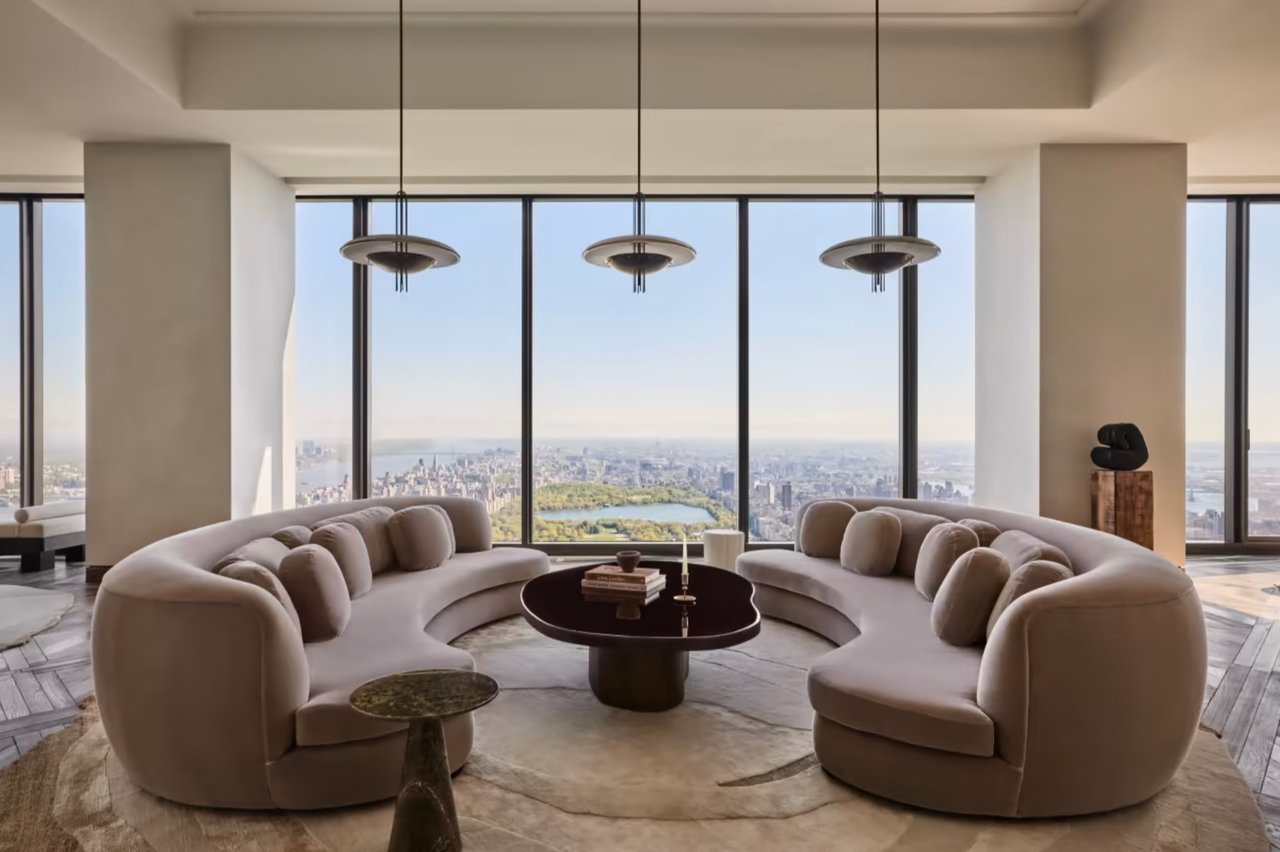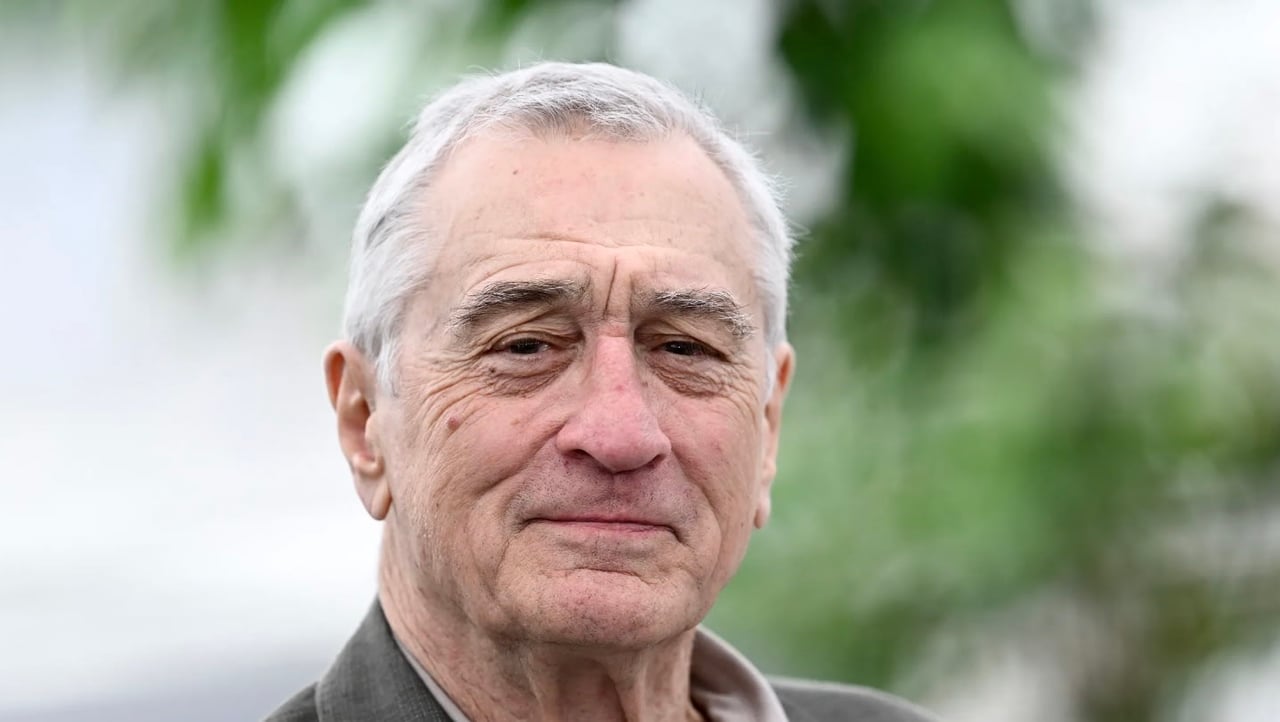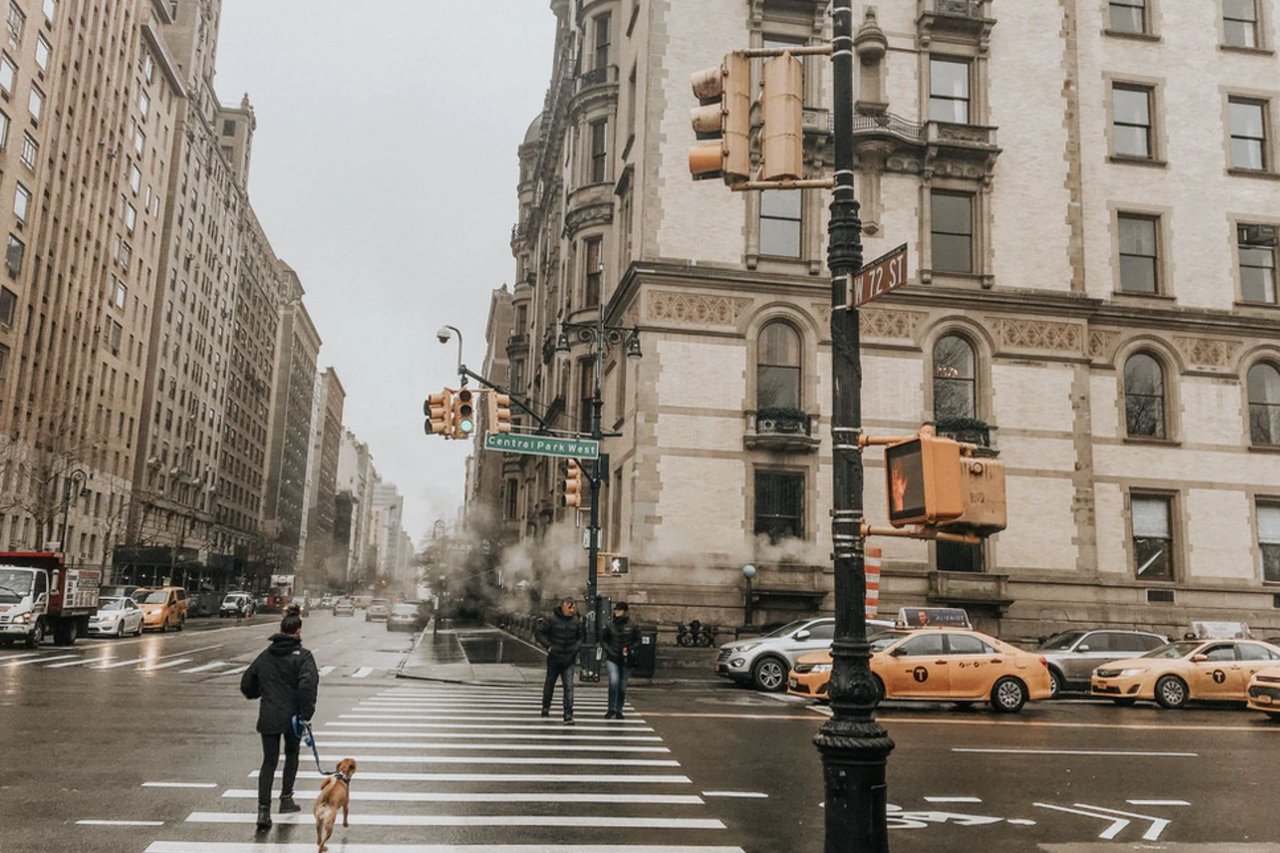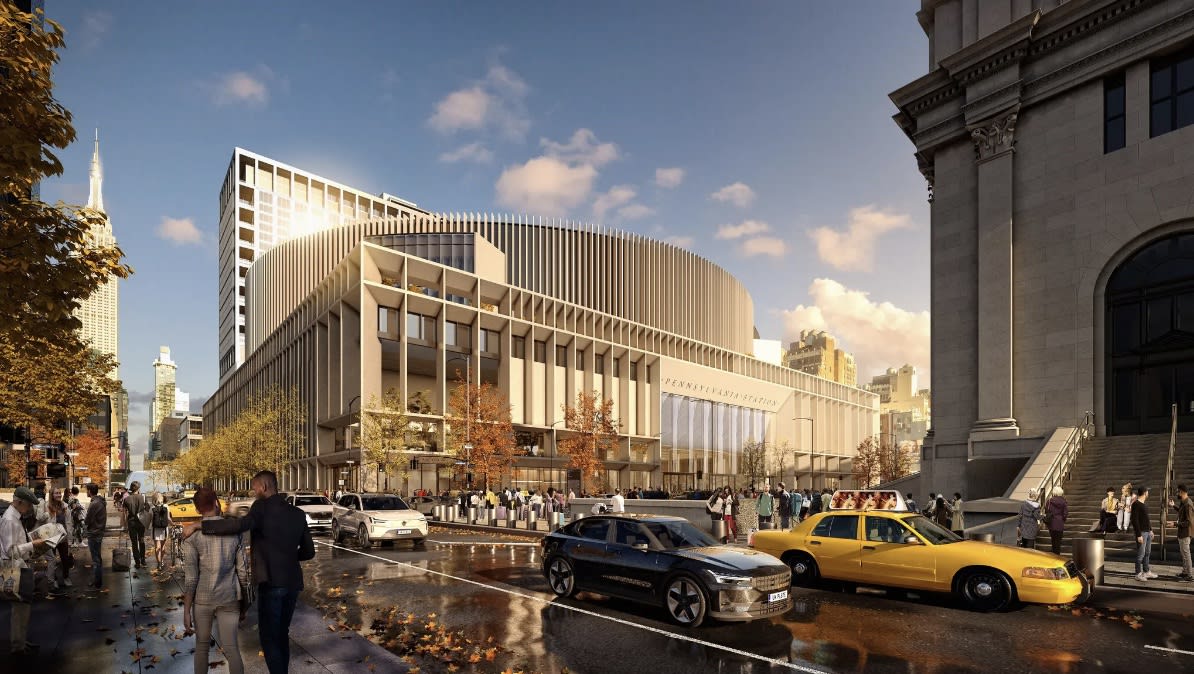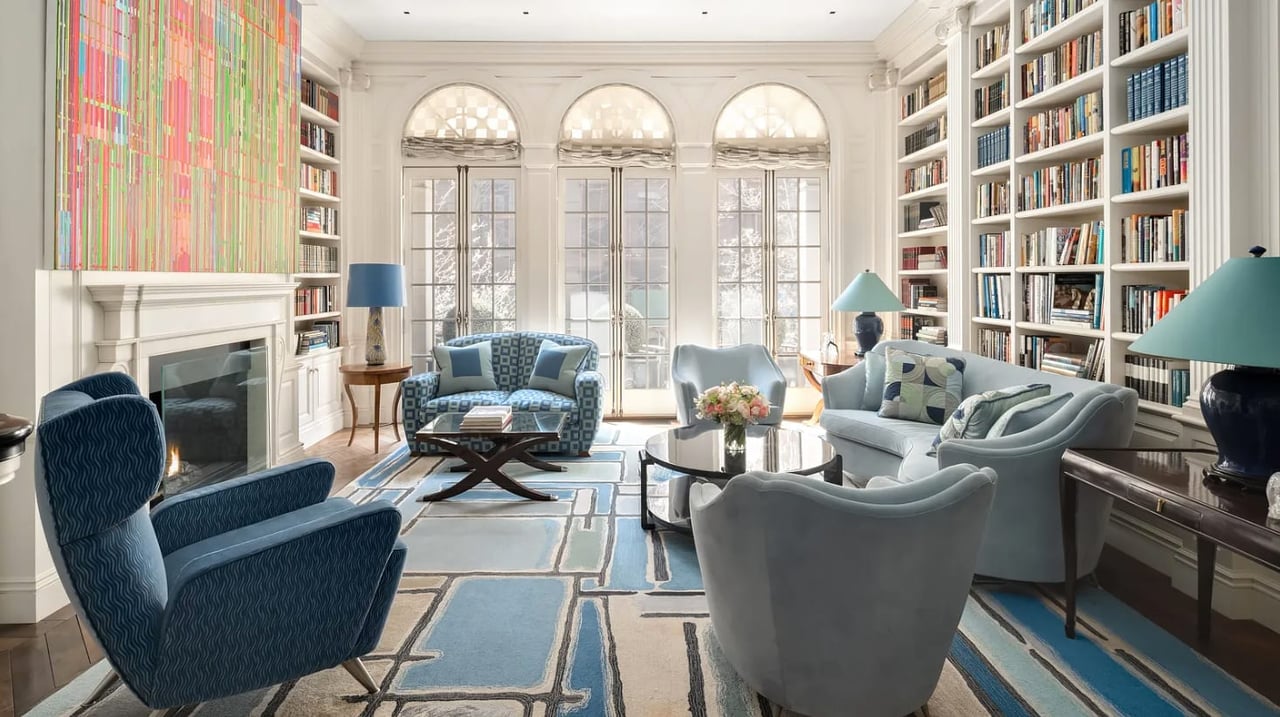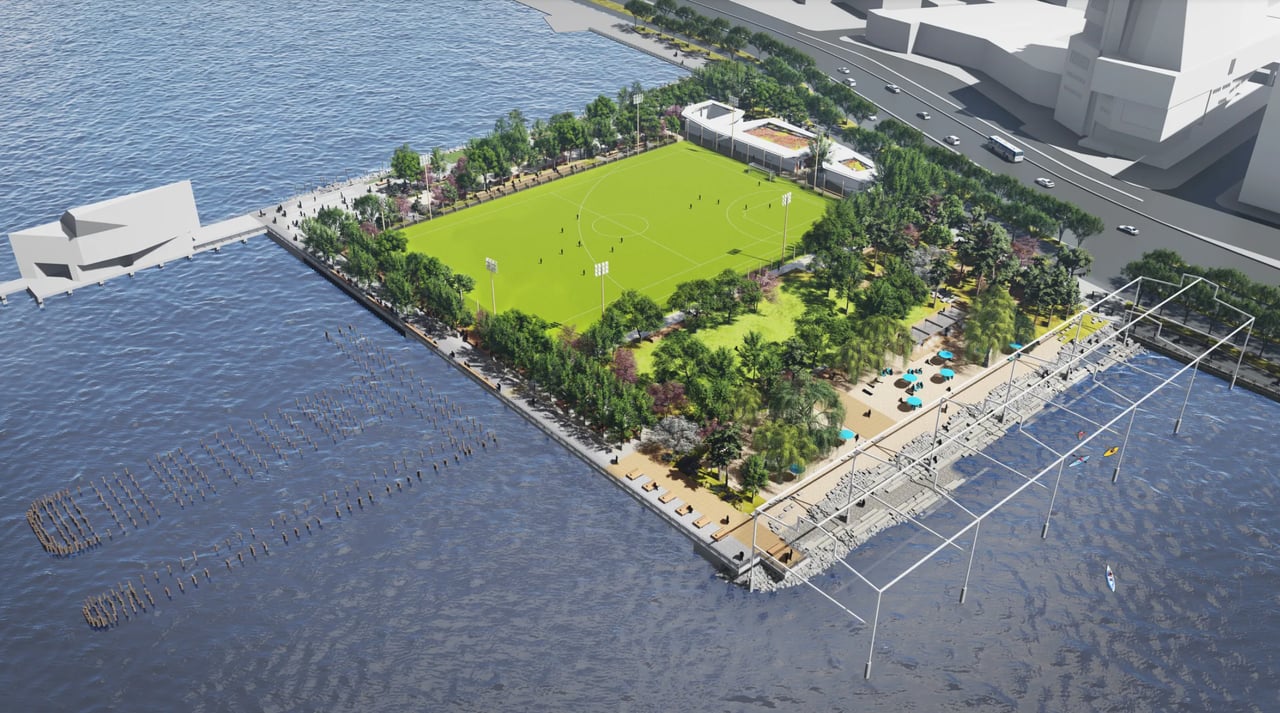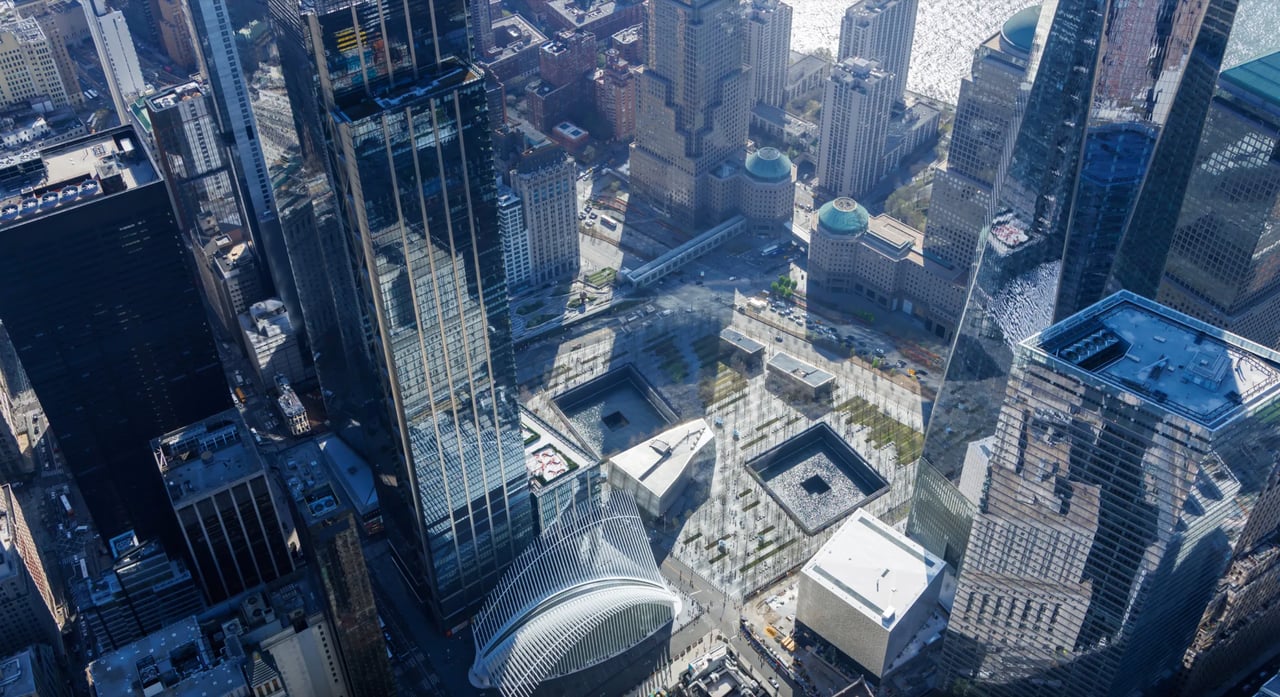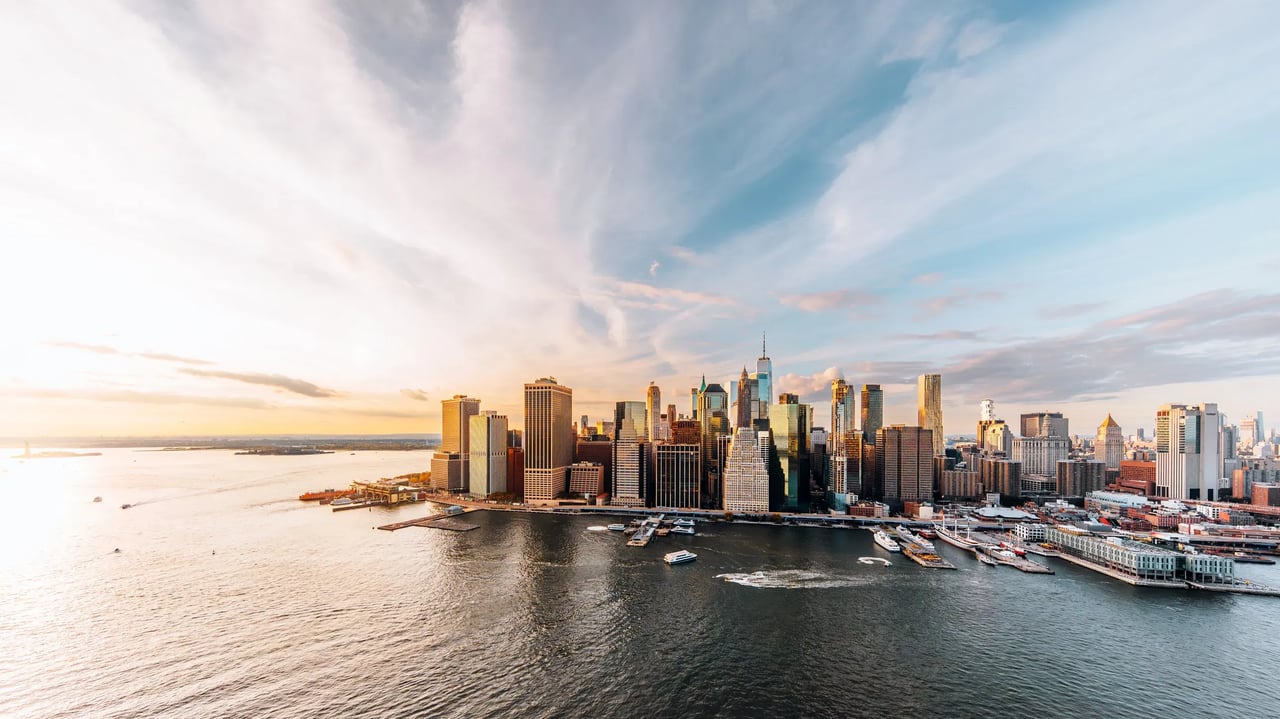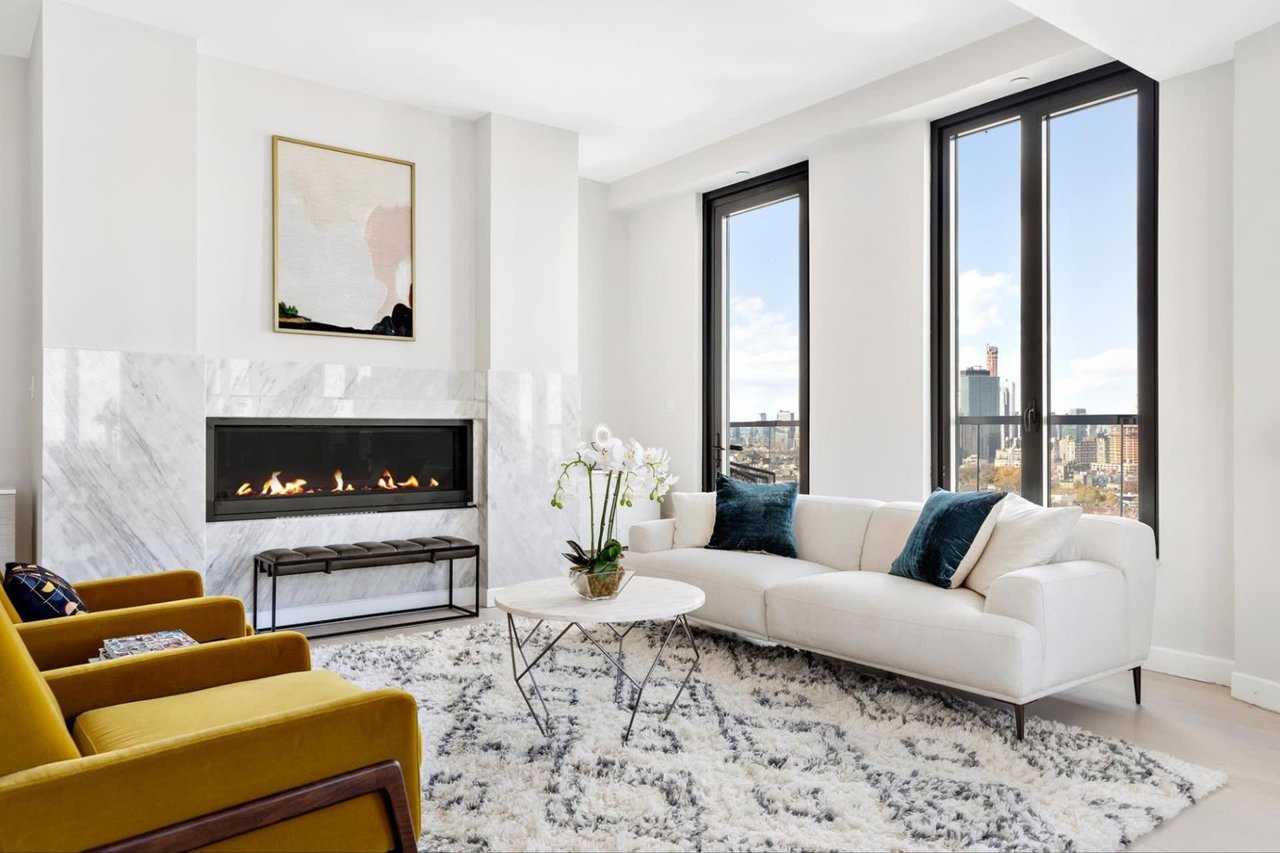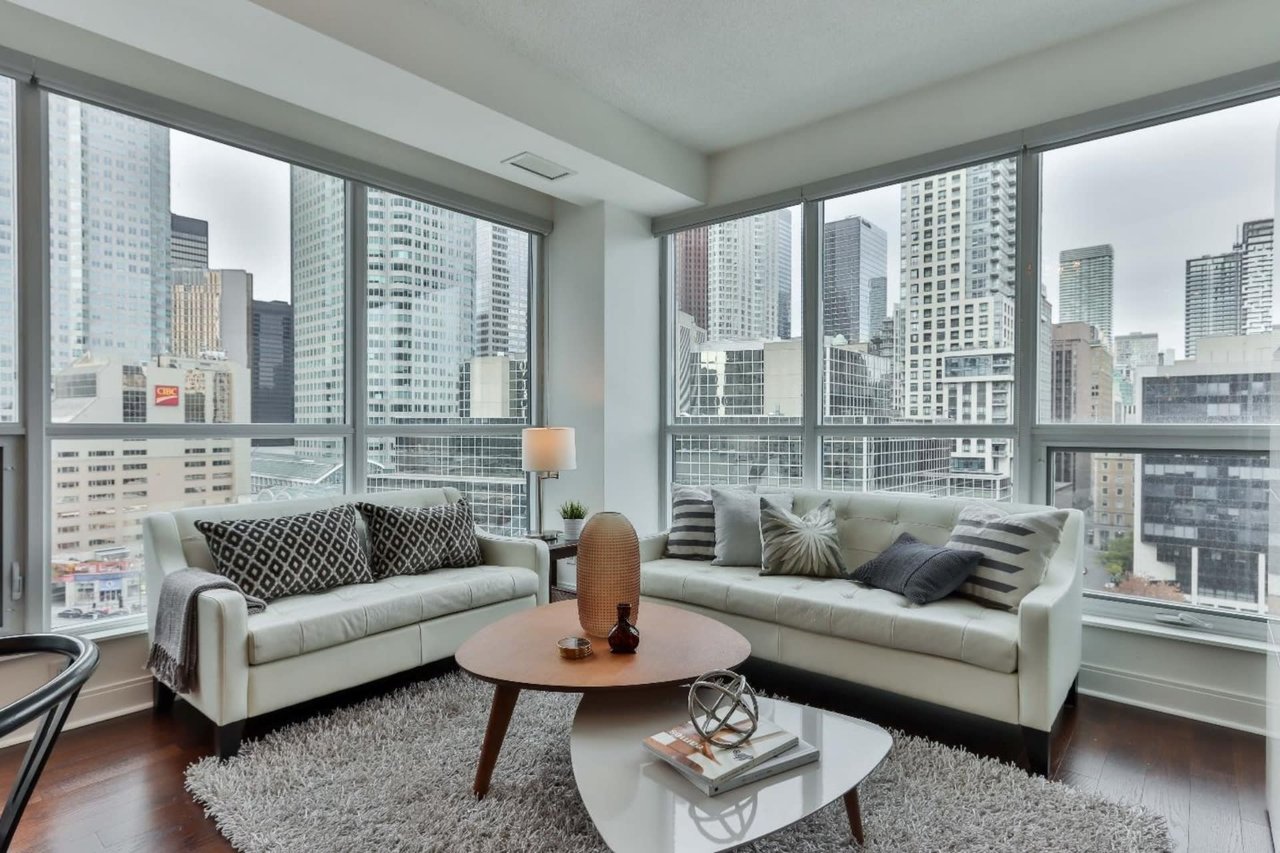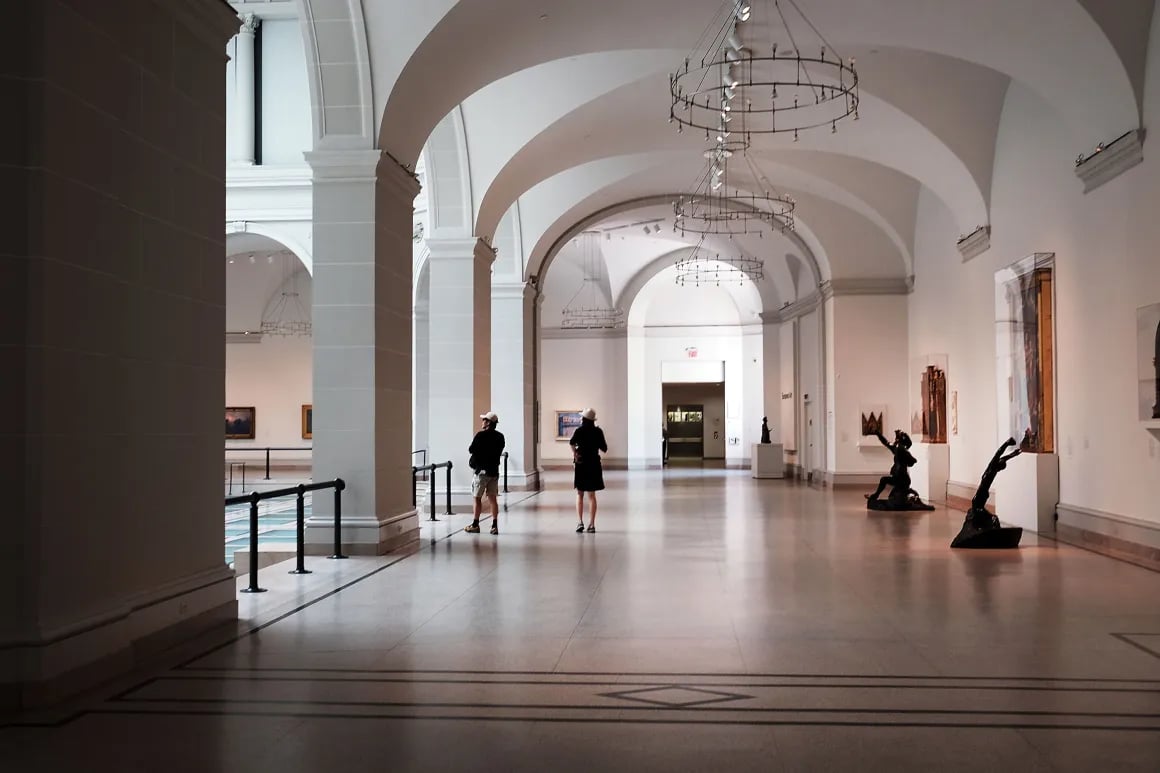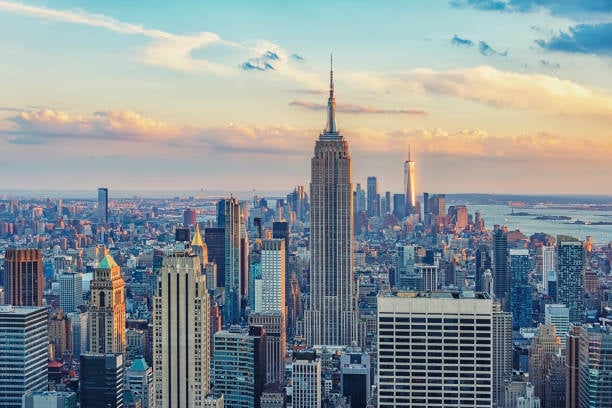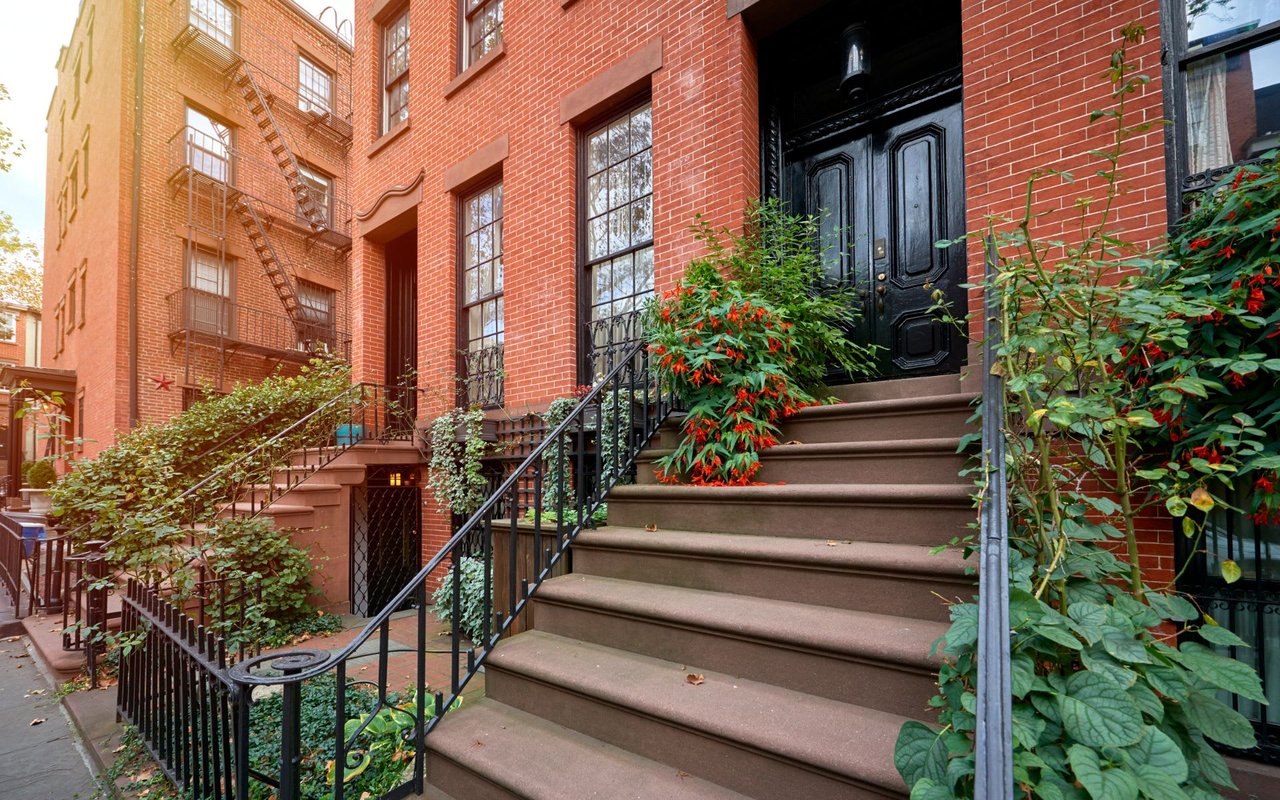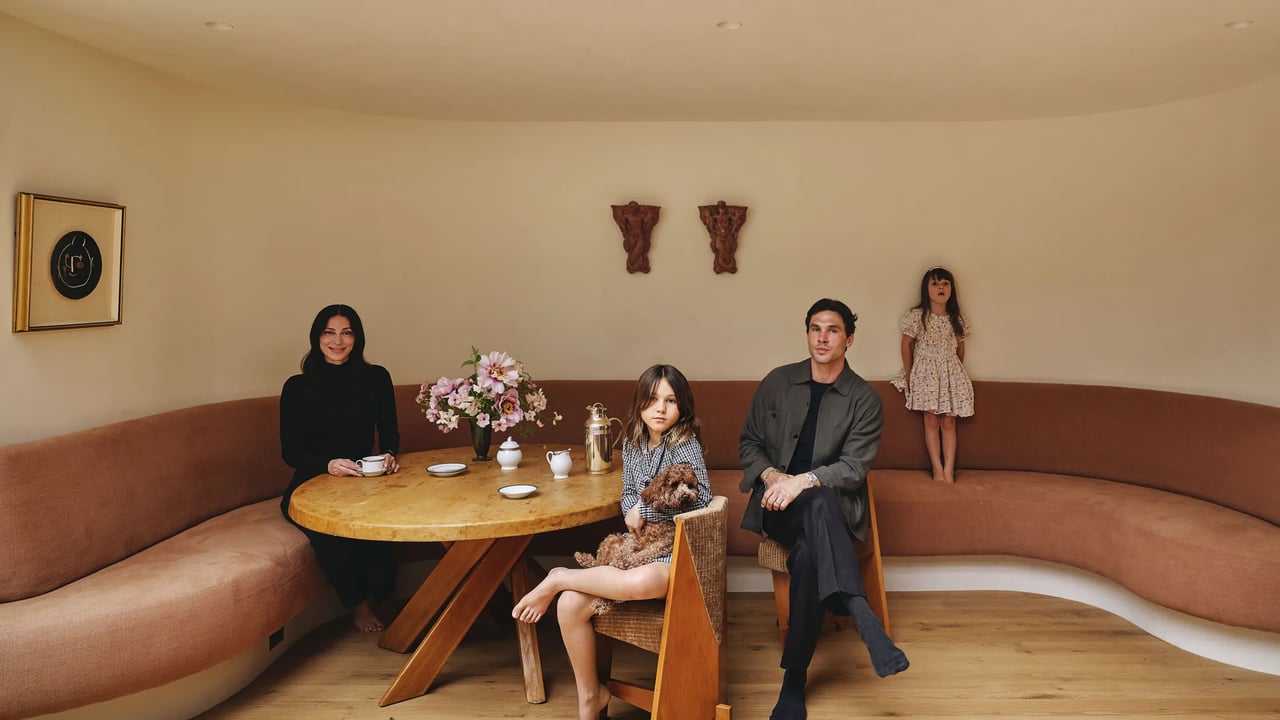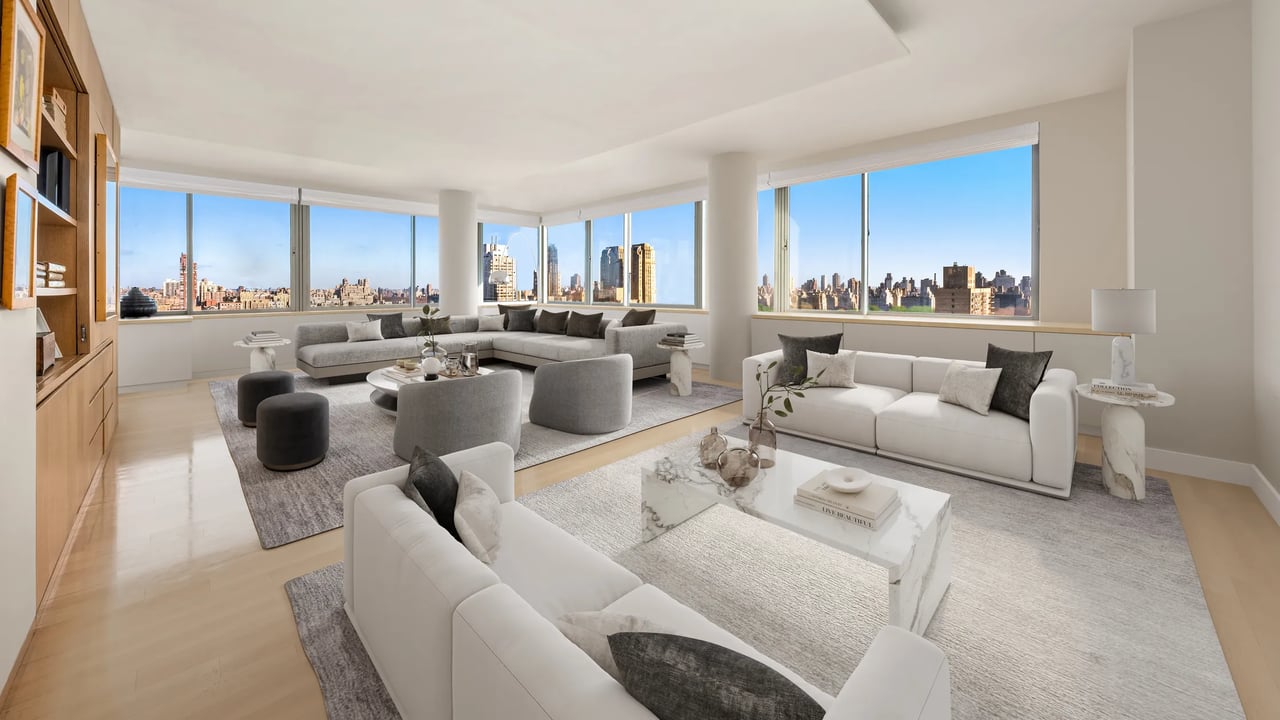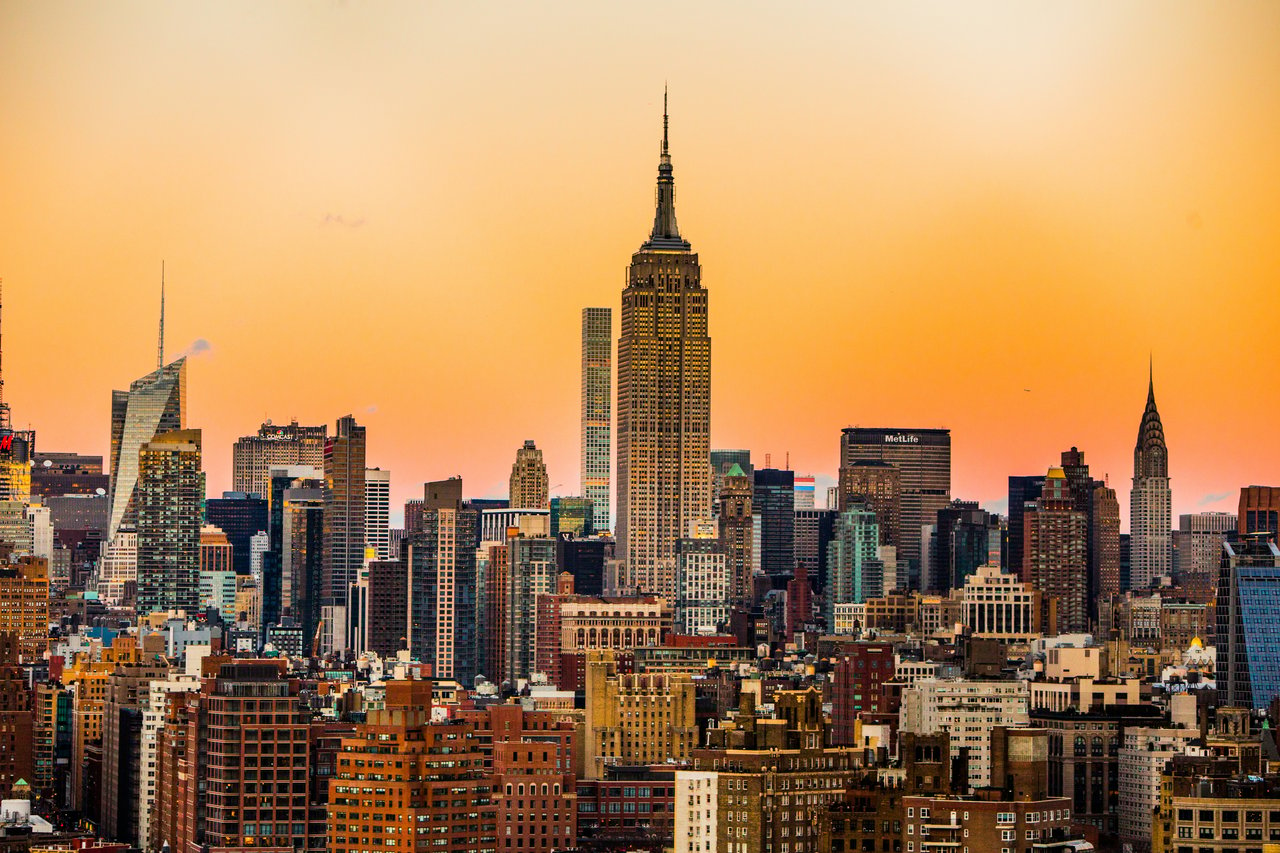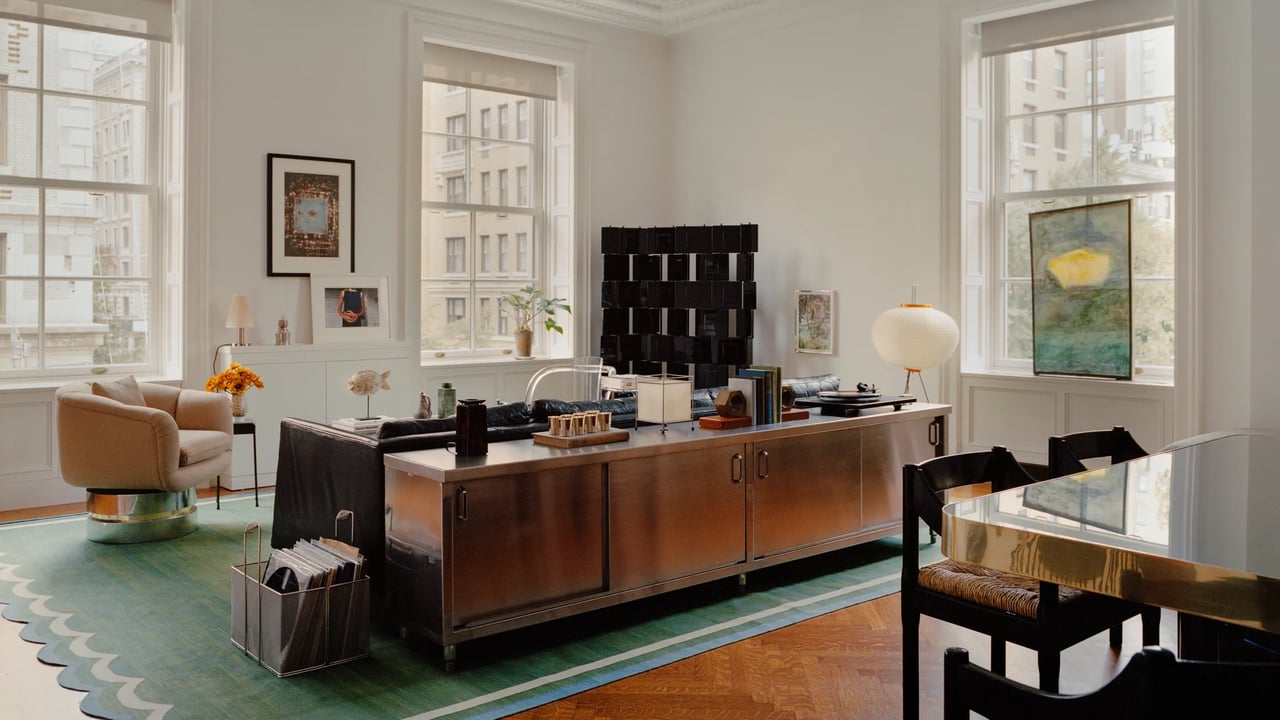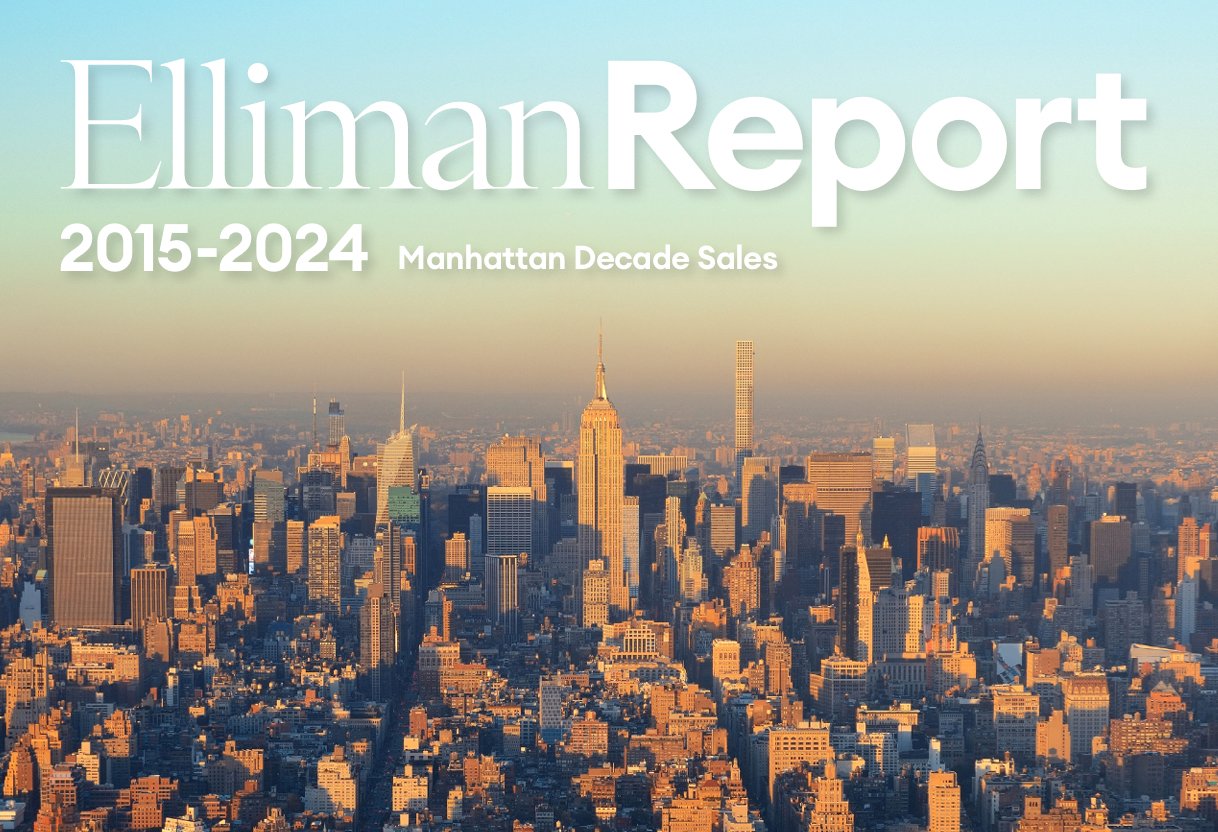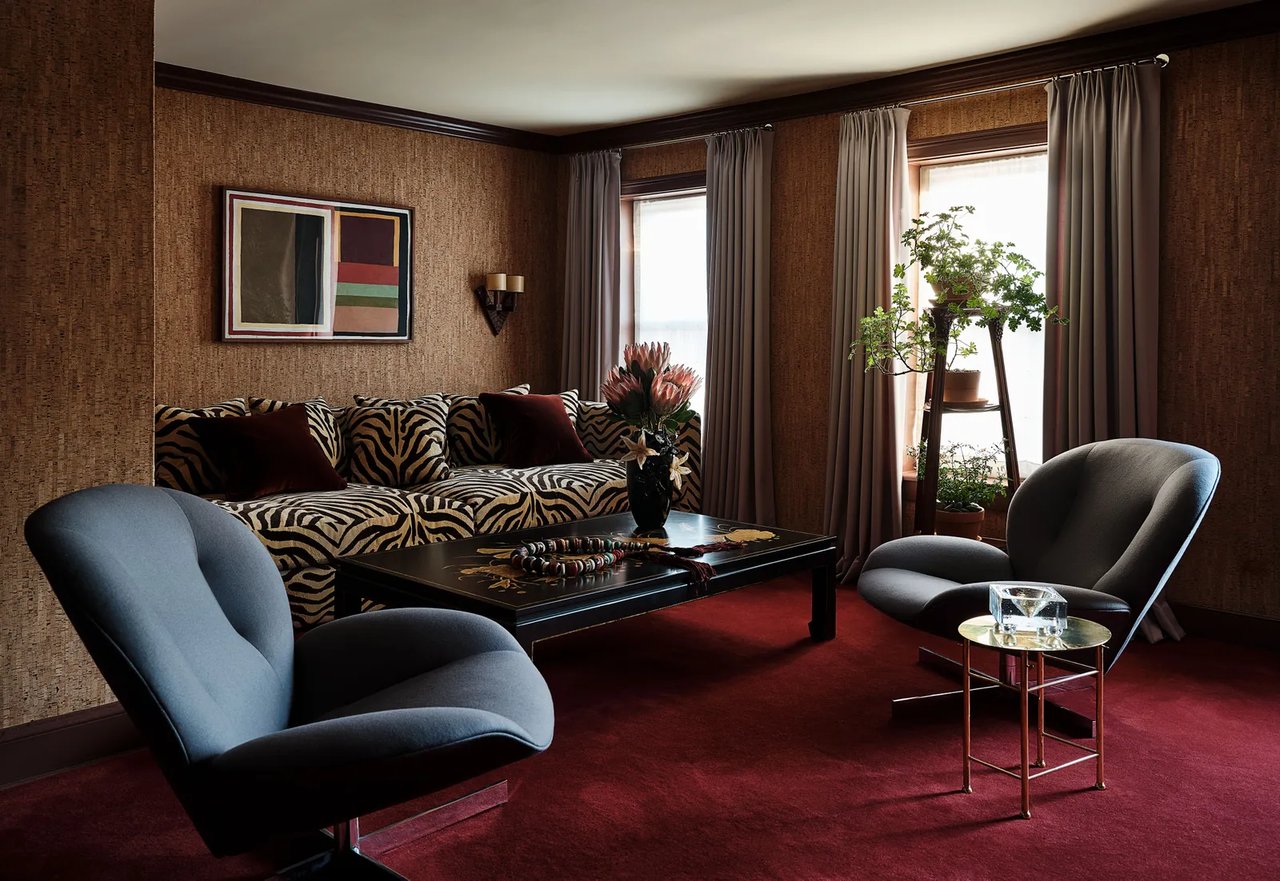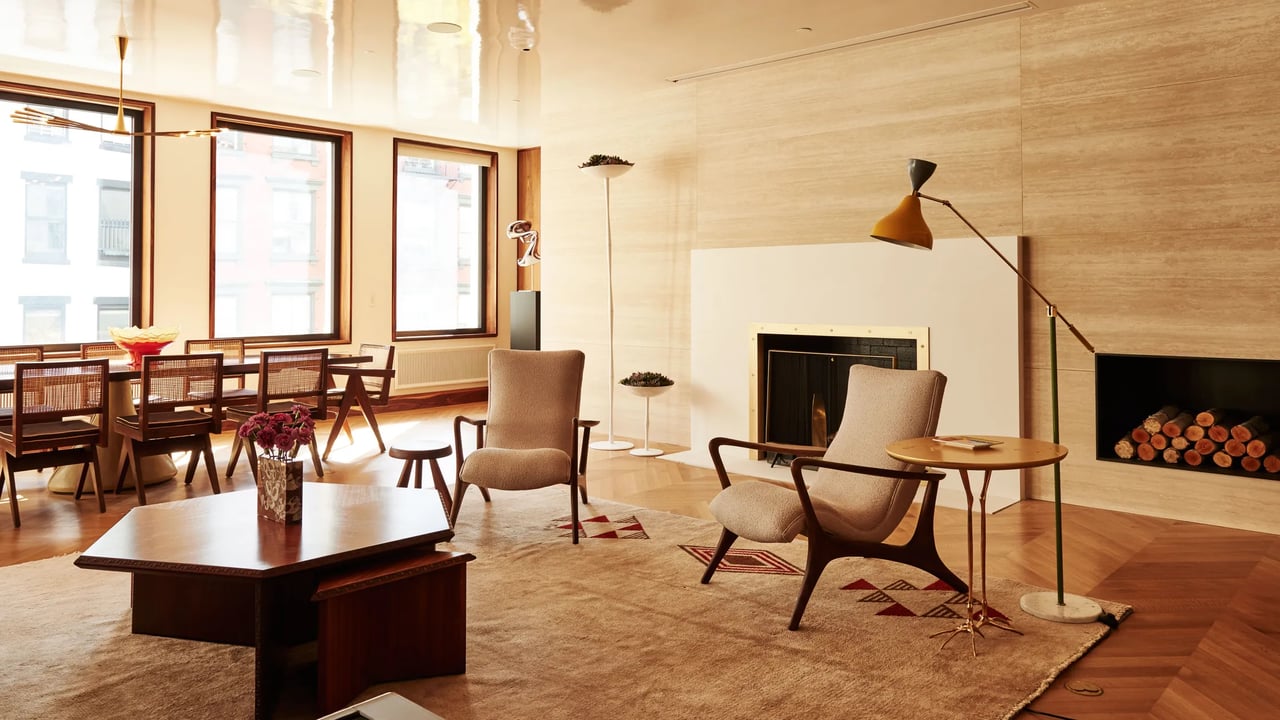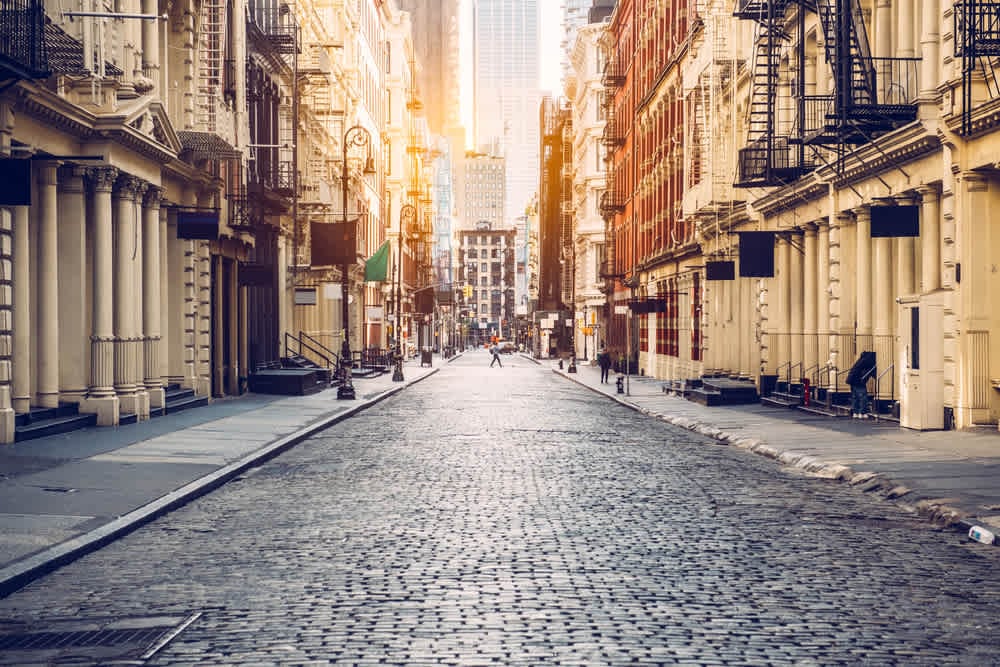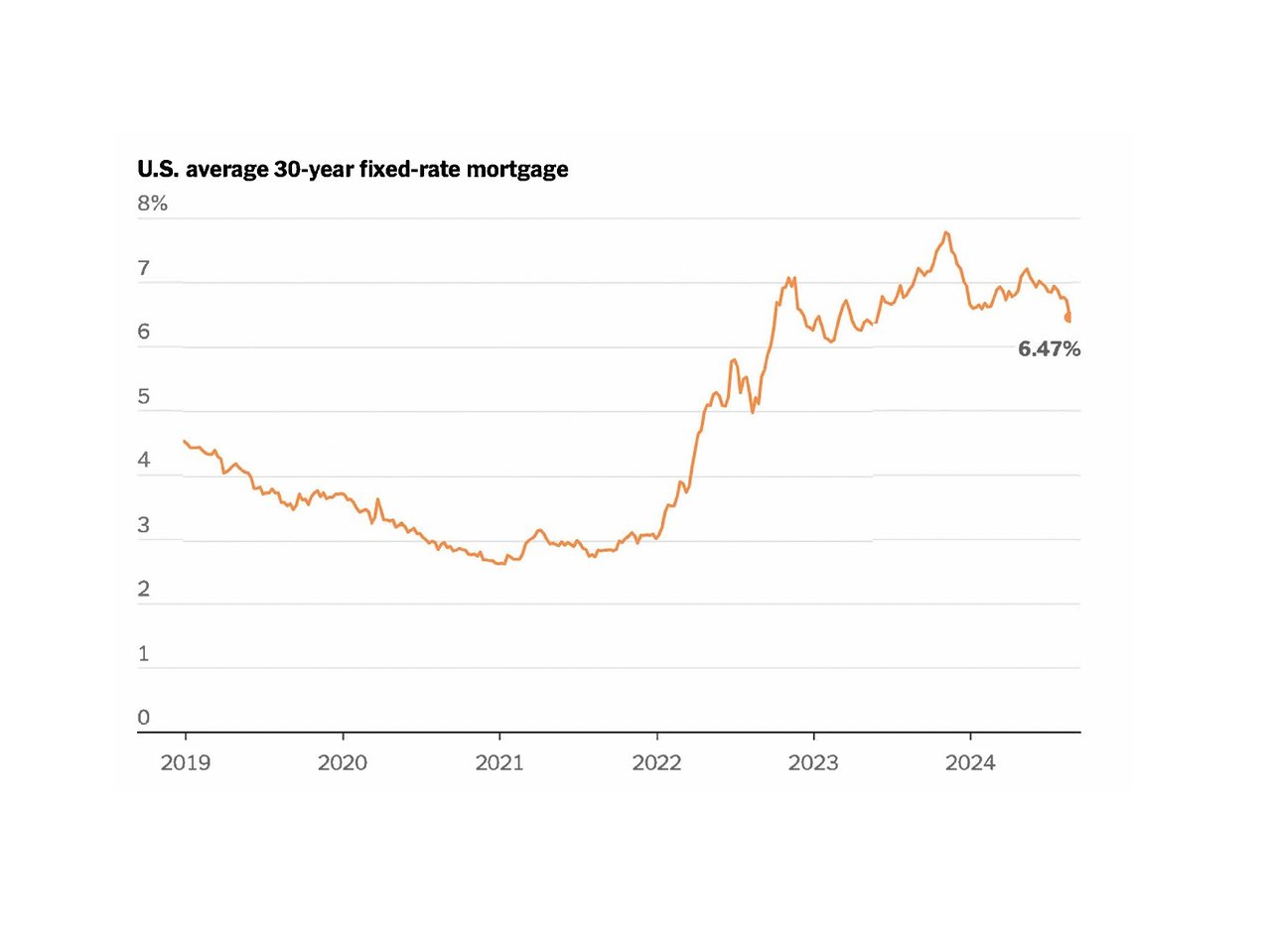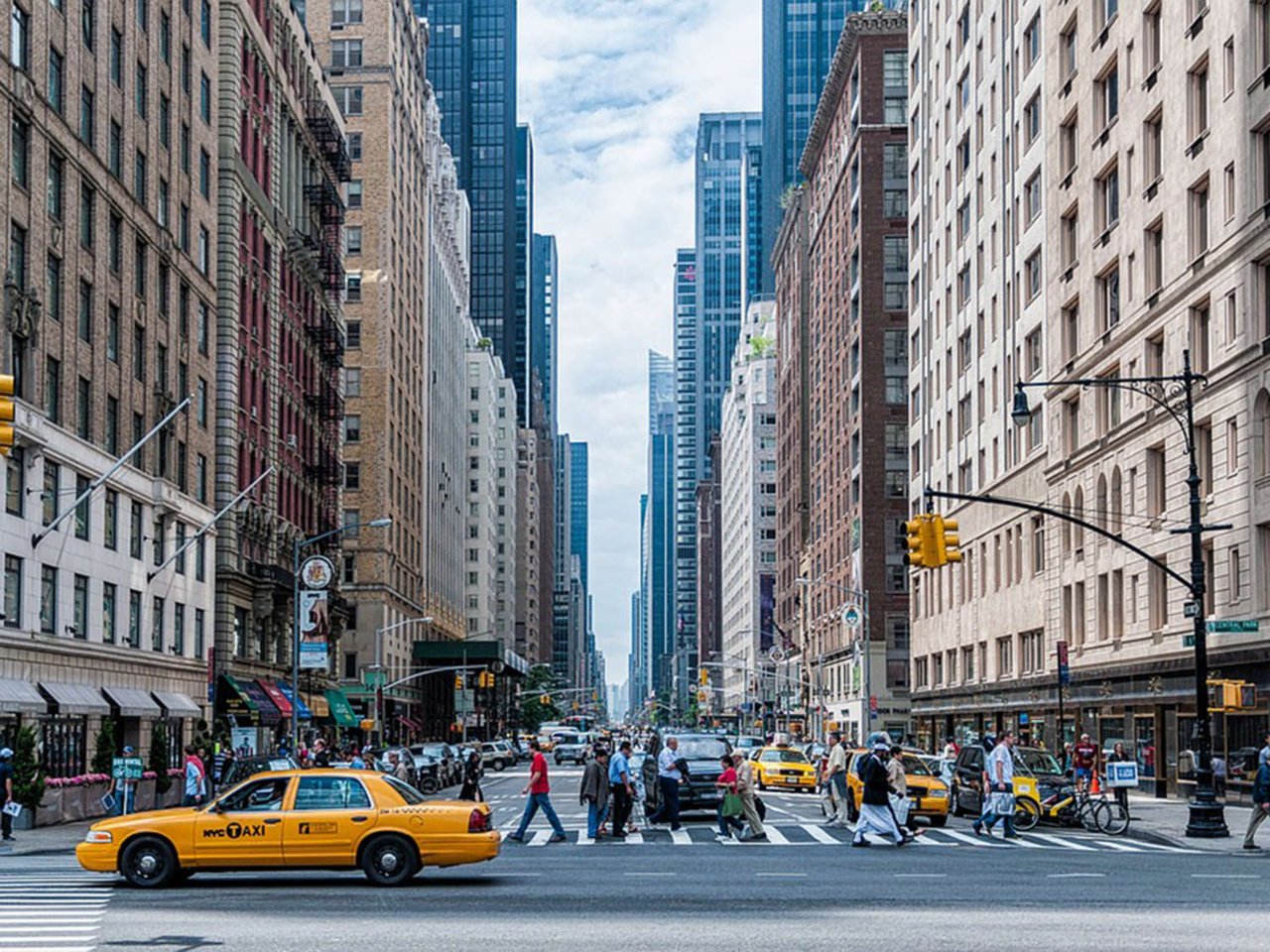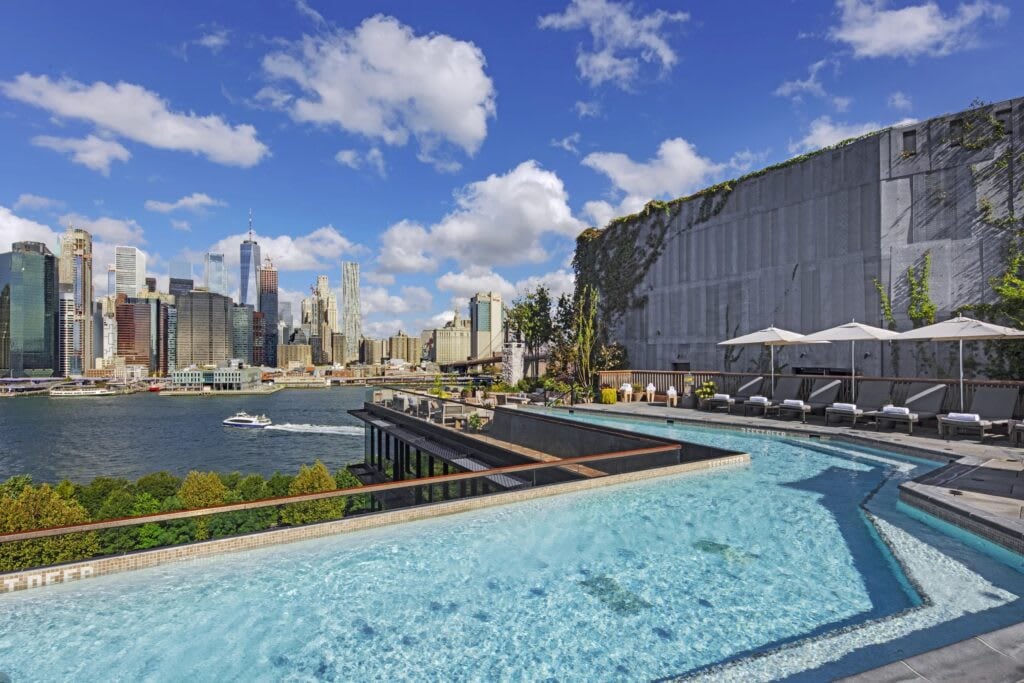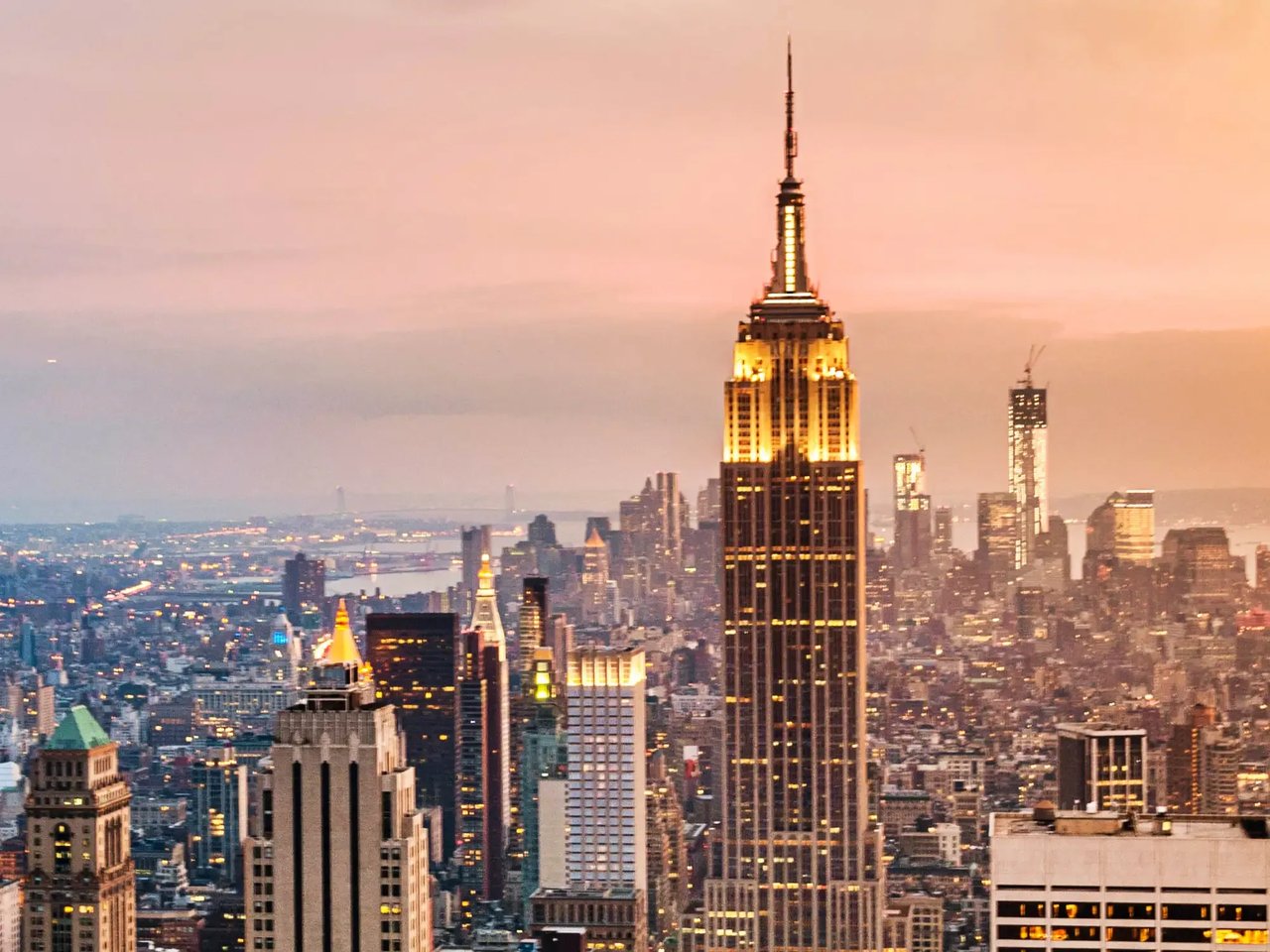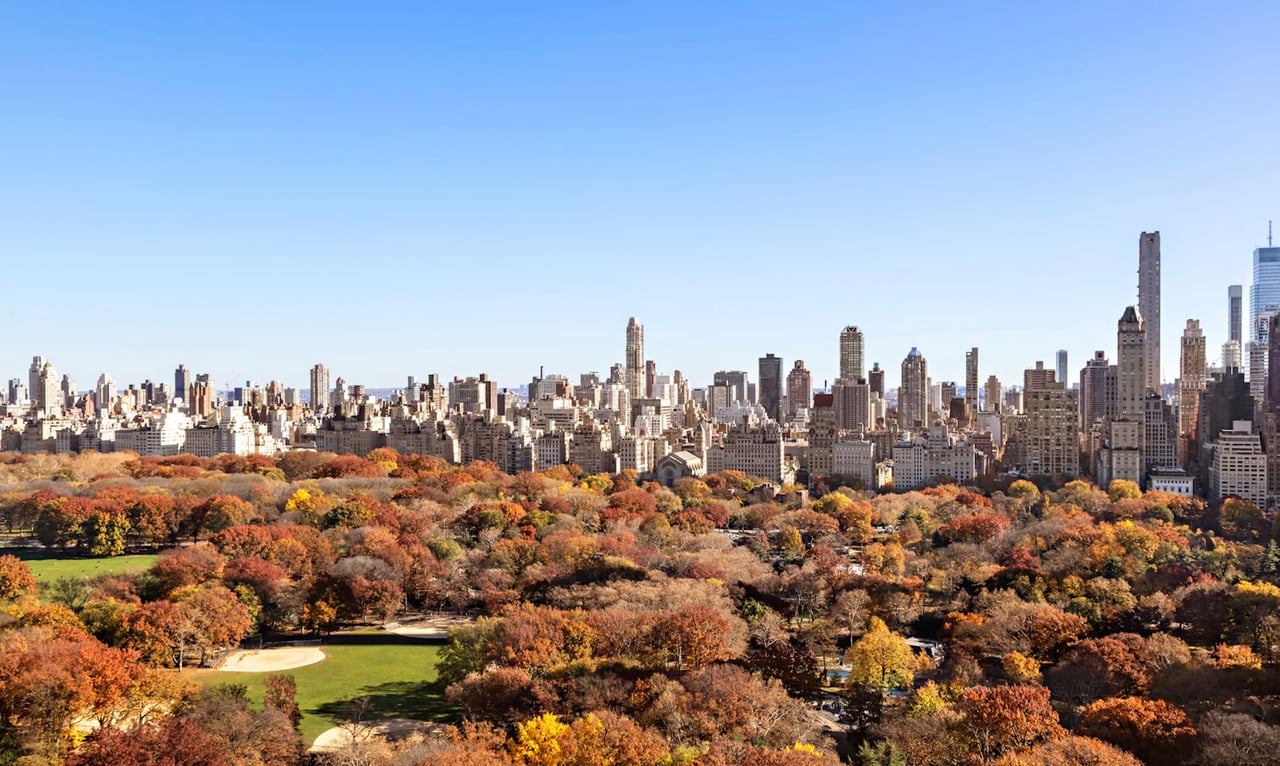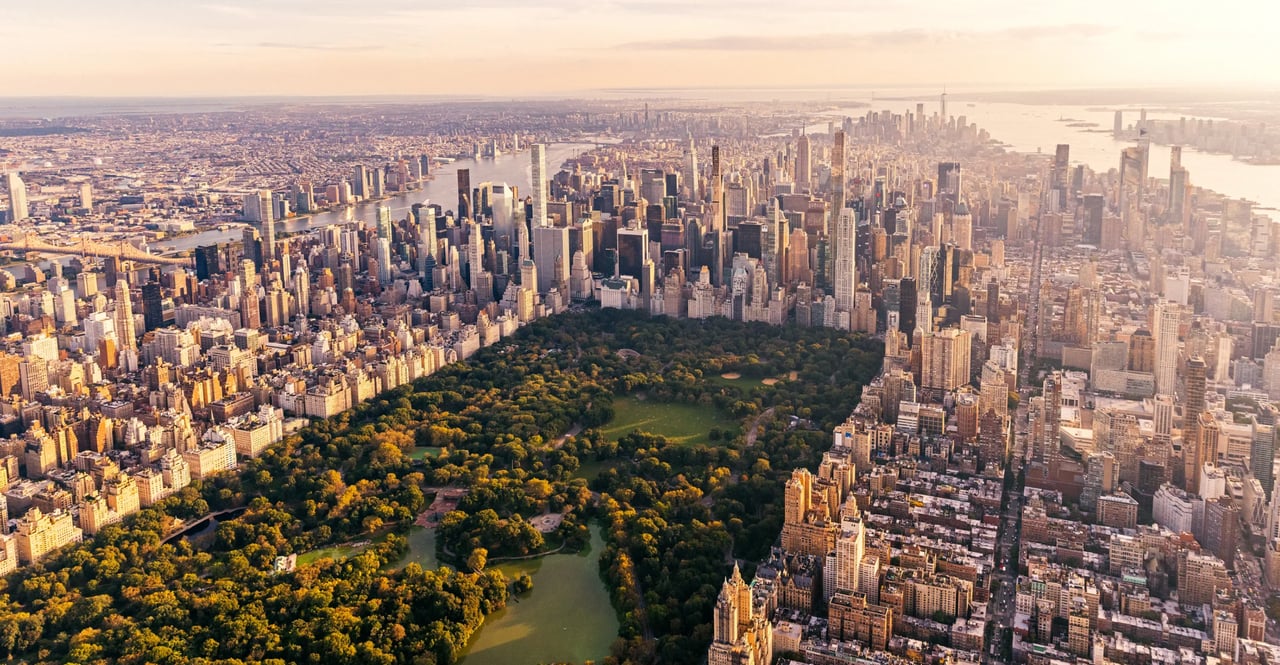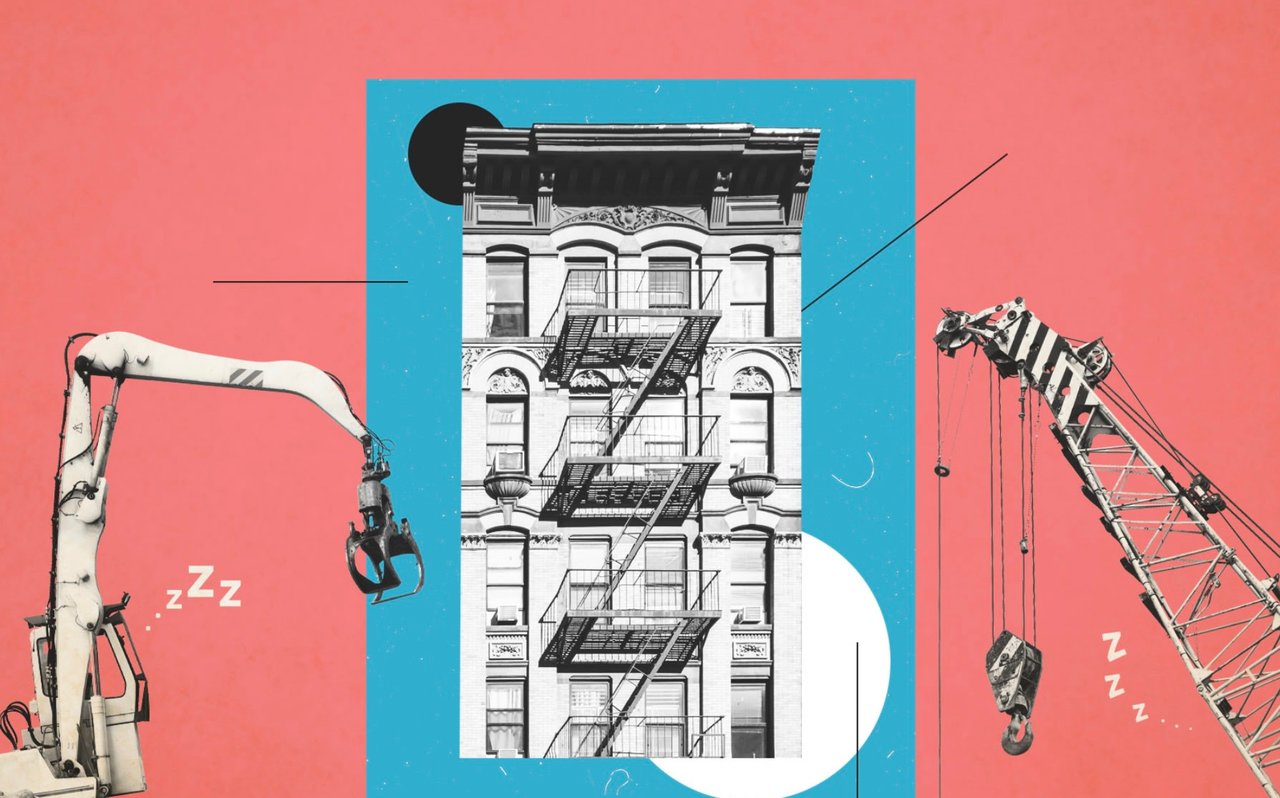The New York City Council approved one of Mayor Eric Adams’s signature policy proposals on Thursday — part of a three-part plan to update the city’s zoning rules known as “City of Yes.”
The latest measure aims to boost the economy by creating new manufacturing districts and encouraging businesses to fill vacant storefronts. The Council already approved the first piece of the mayor’s plan, which focused on climate change, in a vote last year.
A third proposal could be more contentious. It is meant to spur the development of affordable housing, but it has prompted outrage in neighborhoods outside Manhattan and comes at a time when there is growing tension between Mr. Adams and the City Council. It could be voted on later this year.
Here is what you need to know about the mayor’s
“City of Yes” proposals:
What’s the goal?
Mr. Adams, a Democrat, has argued that the city’s zoning rules are outdated and are hampering efforts to address a housing crisis and help the economy recover from the coronavirus pandemic. The changes are the first major updates to the commercial zoning code since the 1960s.
The plan would allow the city to build “a little more housing in every neighborhood” — an urgent need, the mayor said when the rental vacancy rate hovers at close to 1 percent, the lowest it has been in more than 50 years.
“We have to build more inventory,” Mr. Adams said at a recent town hall in Queens. He also pointed to the city’s stark racial segregation: “Our zoning laws were racist on many levels. They prevented people from living in certain communities.”
What changes are being approved?
The first measure, addressing climate change, makes it easier to install rooftop solar panels and retrofit buildings for greater efficiency. It also expands the places where electric vehicle charging facilities can be built.
The second measure, which the Council approved on Thursday with 34 yes votes and 16 no votes, expands manufacturing areas and allows more businesses to operate out of homes and on upper floors of mixed-use buildings. It also permits dancing and comedy shows at venues where music is allowed.
The City Council made several changes to the second proposal, including removing a provision that would have allowed for corner stores in residential areas and increasing oversight over plans to add commercial spaces to public housing developments. The city also agreed to new regulations for warehouses run by companies like Amazon, known as last-mile hubs.
Rafael Salamanca Jr., a council member who chairs the Land Use Committee, said the rules struck “the right balance in promoting such desperately needed economic growth” while addressing “environmental justice issues that have plagued districts, like mine in the South Bronx, with high pollution and asthma rates for far too long.”
Mitchell Moss, a professor of urban policy and planning at New York University, praised the proposal, noting that the pandemic had changed how people live and work.
“We need zoning that combines work and residence rather than separate them as done by the zoning of the 20th century,” he said.
What changes are still under consideration?
The third proposal would make it easier to build affordable housing and convert office buildings to housing. The city has estimated that the plan could produce more than 100,000 new homes over the next 15 years.
It has many striking proposals: ending parking mandates for new housing; allowing “accessory dwelling units” such as backyard cottages and basement apartments; adding housing above businesses on commercial streets in low-density areas; and approving new housing near transit stops.
Why is it contentious?
Daniel Garodnick, the director of the Department of City Planning, has called the plan “one of the most important housing proposals in our lifetimes.”
“This housing crisis has been going on for so long that some take it as a fact of life that New York City is a place where rents always go up and where housing is always hard to find, but that is a policy choice,” he said at a rally in April. “We don’t have to live this way.”
But the housing proposal has also faced the most opposition, including criticism from conservative lawmakers and community members who have said they do not want more density in their districts.
Robert Holden, a council member from Queens who is a co-chairman of the conservative Common Sense caucus, has said that it would “destroy our neighborhood.”
The Asian Wave Alliance, a conservative political group, has also opposed the housing plan, arguing that the “resulting development free-for-all will cannibalize all of our communities, lowering our quality of life and affecting property values, and exacerbating the strain on neighborhoods without any increase in infrastructure.”
Mr. Adams might have to rely on left-leaning elected officials, whom he has often quarreled with but who have been generally supportive of his housing plan.

